Paul controls his Fractal with a Rocktron All Access foot controller, but sets his patches up in song mode, with rhythms, leads, and other patches for each song based on the song’s tempo and tonal requirements. For the current tour he has dozens and dozens of patches—including an organ for the opening of the band’s cover of Queen’s “Bohemian Rhapsody”—because each song can have three to eight tonal presets triggered by the Rocktron. Like Waring, Waggoner has a few traditional boxes: two Mission Engineering EP-1 expression pedals (to control volume and delay times), a Strymon TimeLine (the main delay used for mainly clean tones and the pedal’s ice function that adds an ethereal harmonizer to the mix), a Wampler Faux Tape Echo (used for longer, shimmering delay vibes), Port City Salem Boost (to cut through on solos), a Wampler Leviathan Fuzz (usually kicked on top of a clean patch and played with Waggoner’s neck pickup on), and a TC Electronic PolyTune.
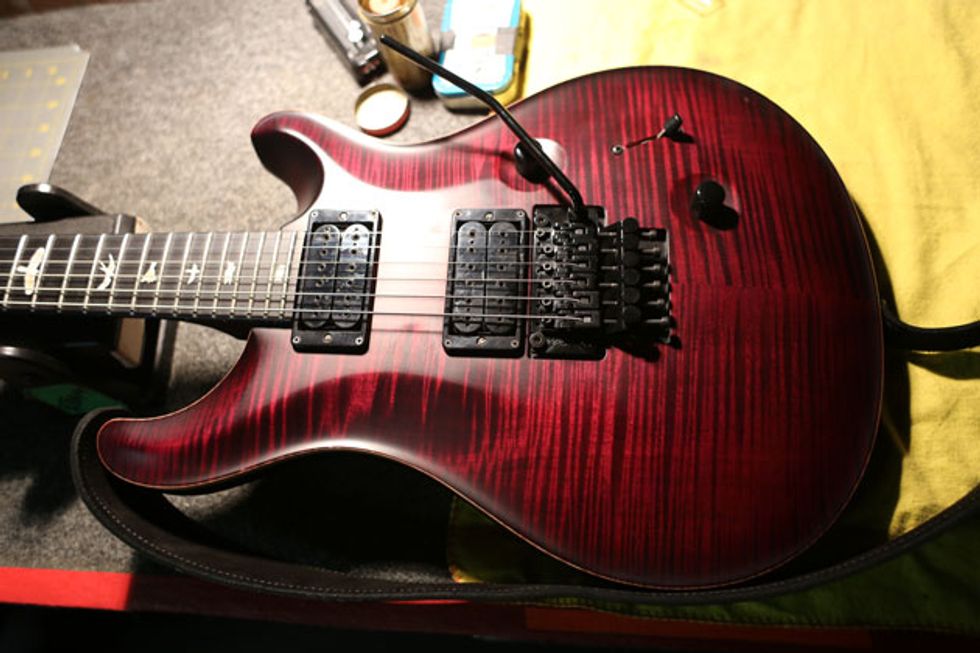
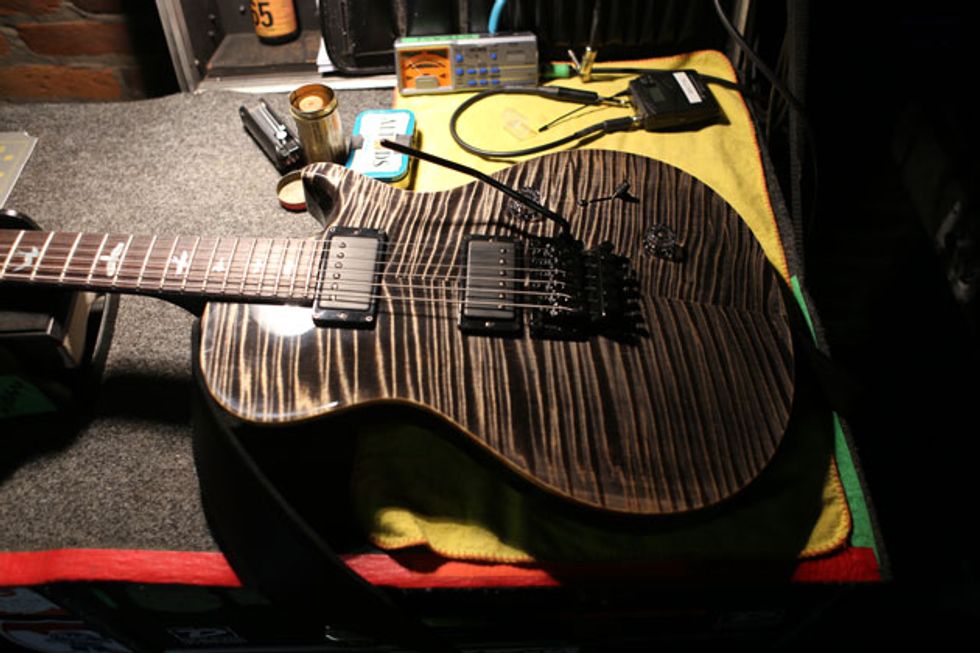
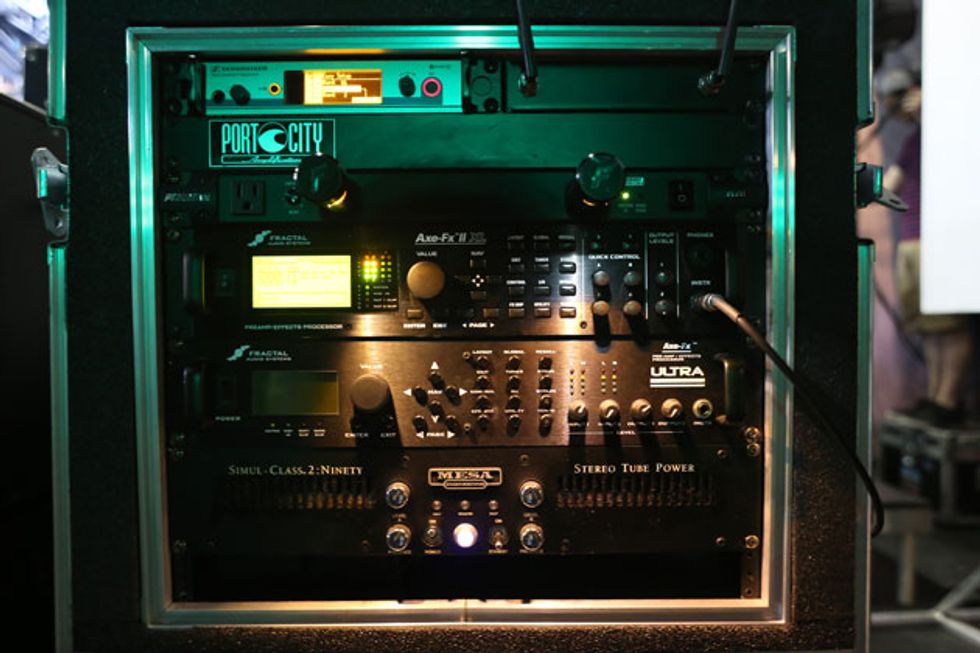
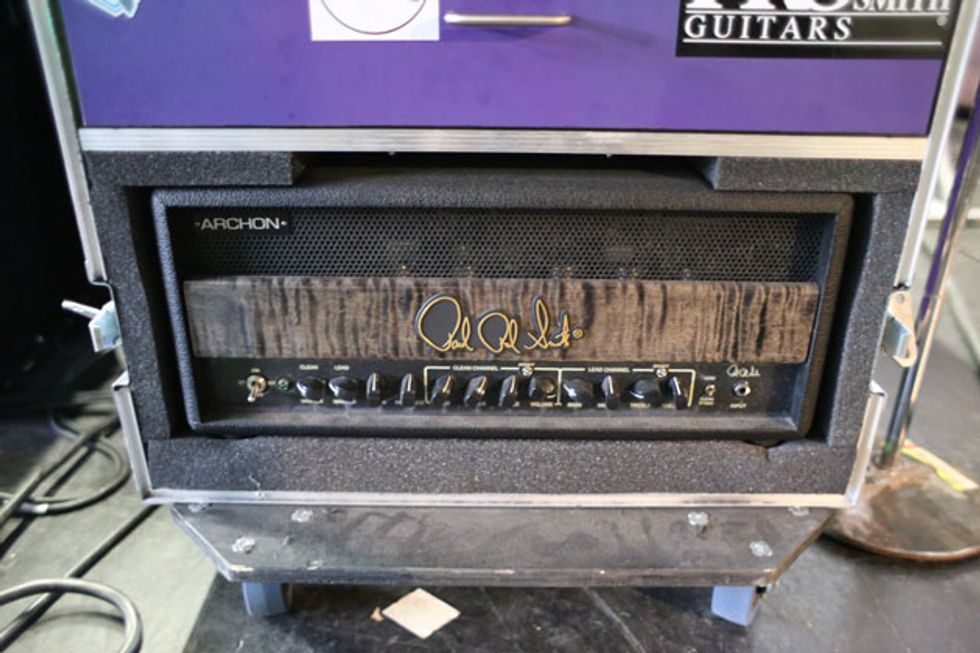
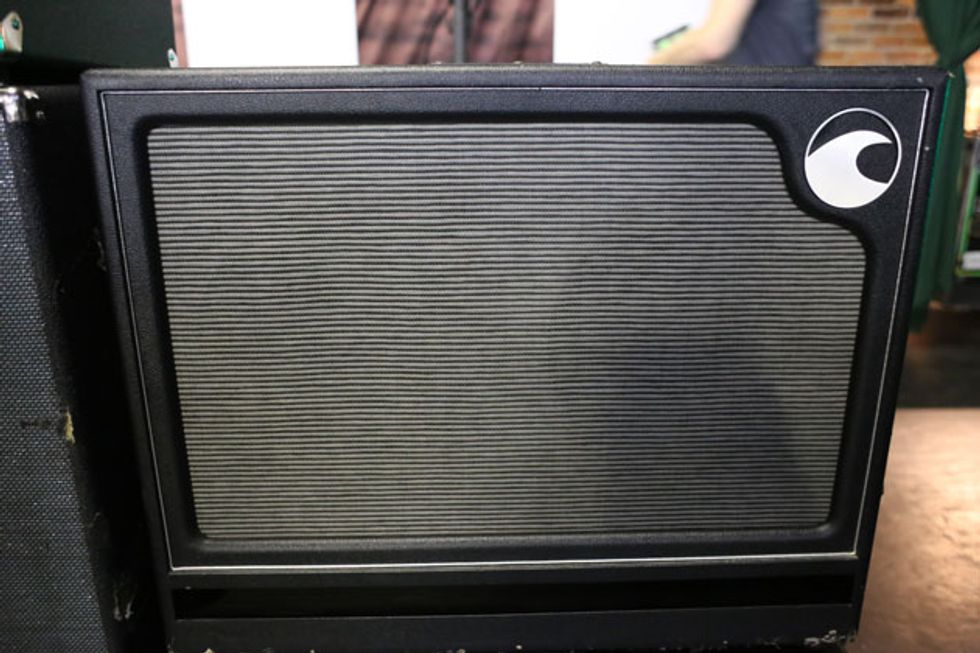
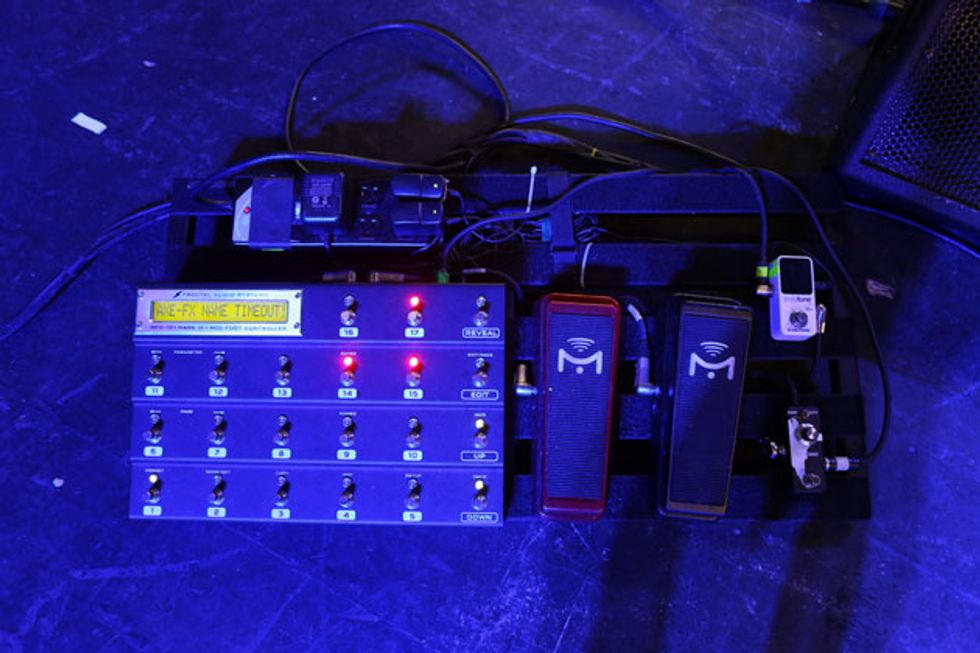
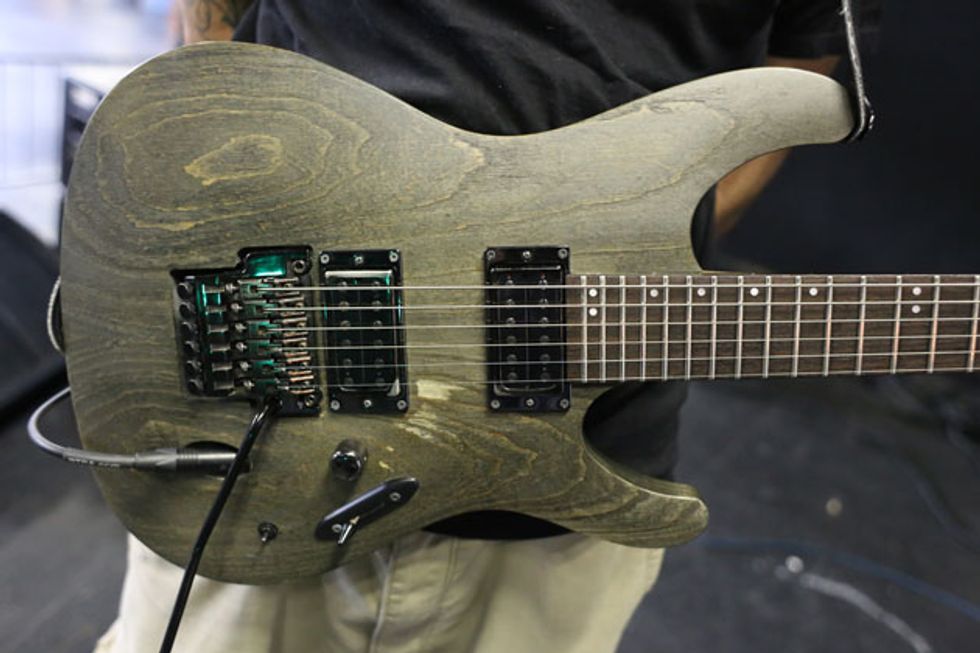
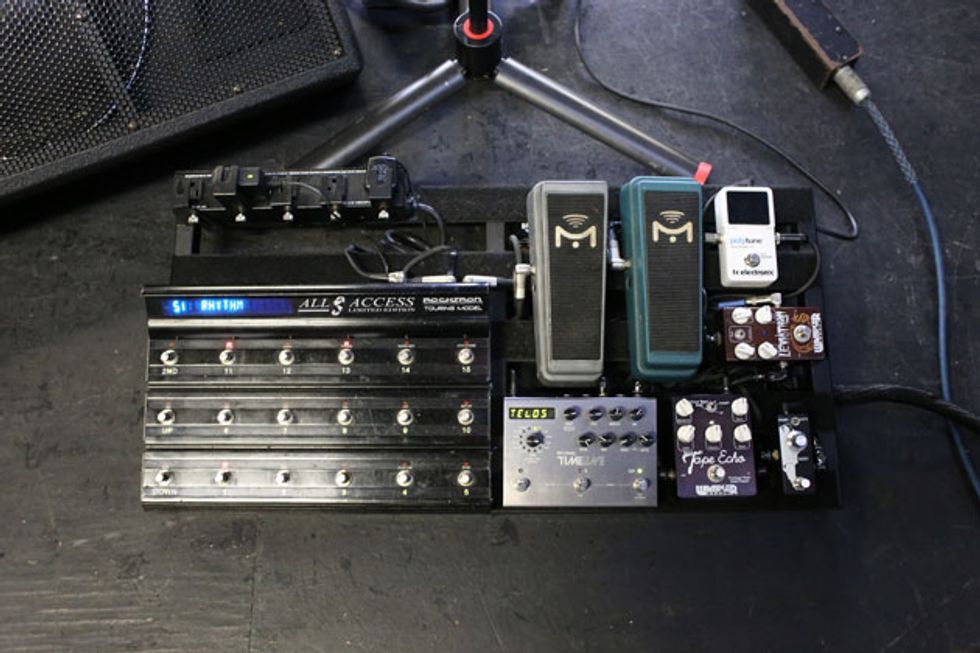
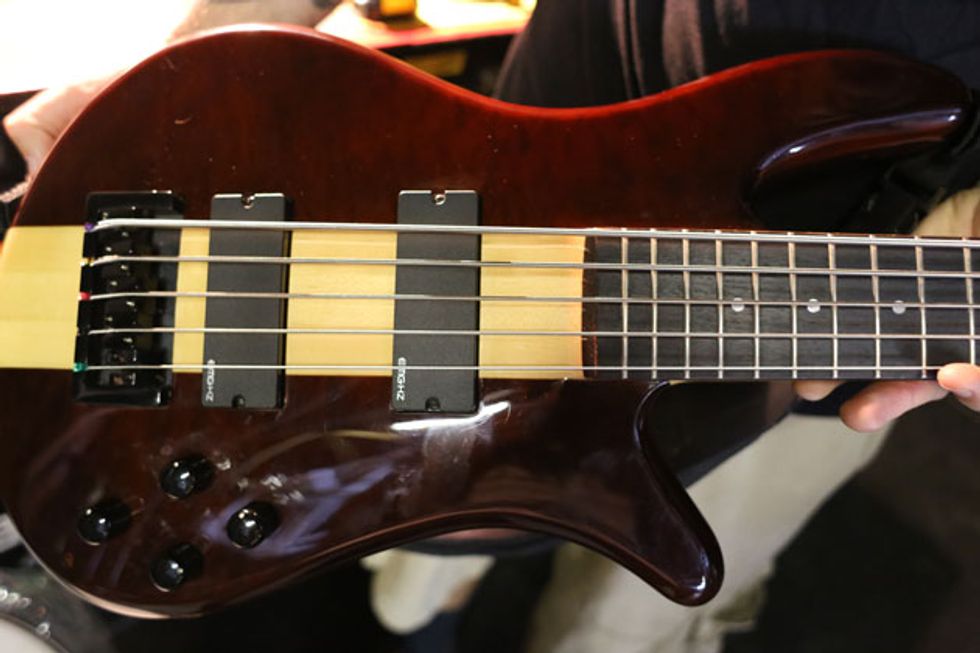
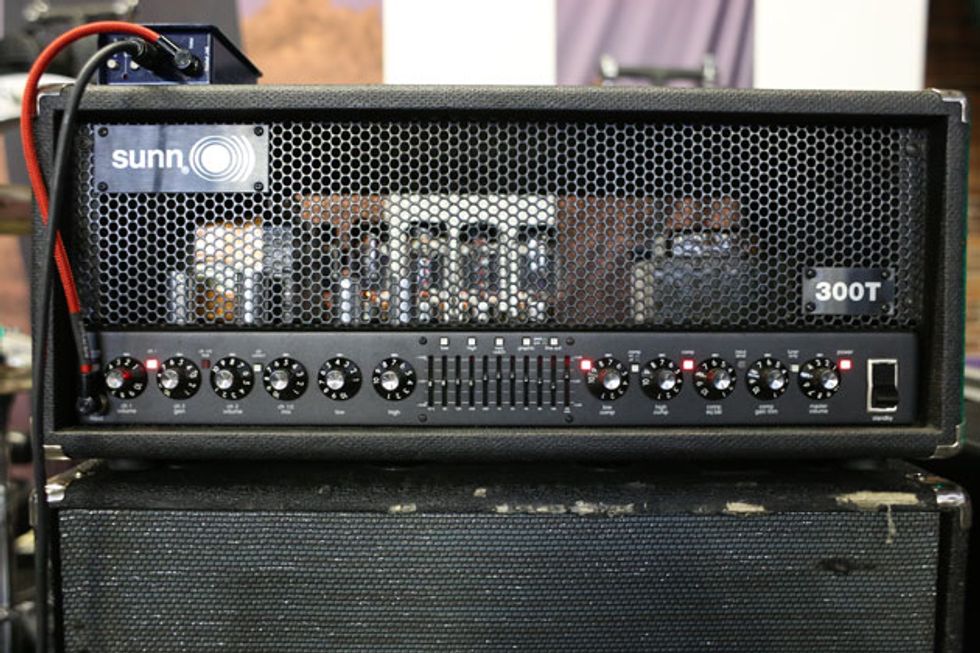
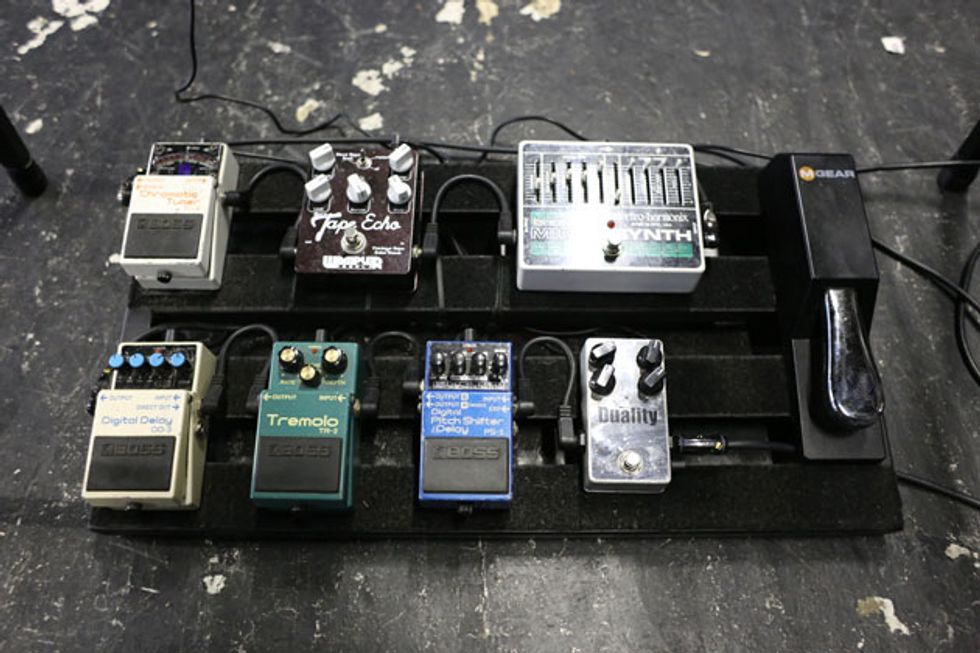





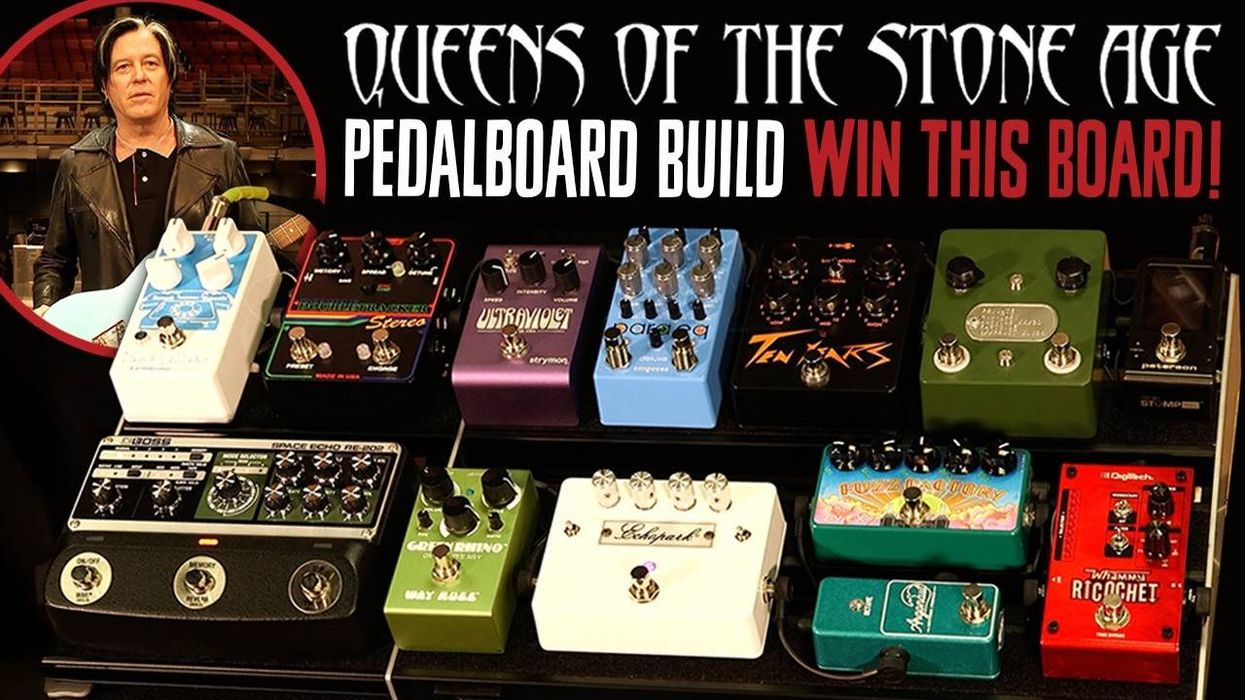
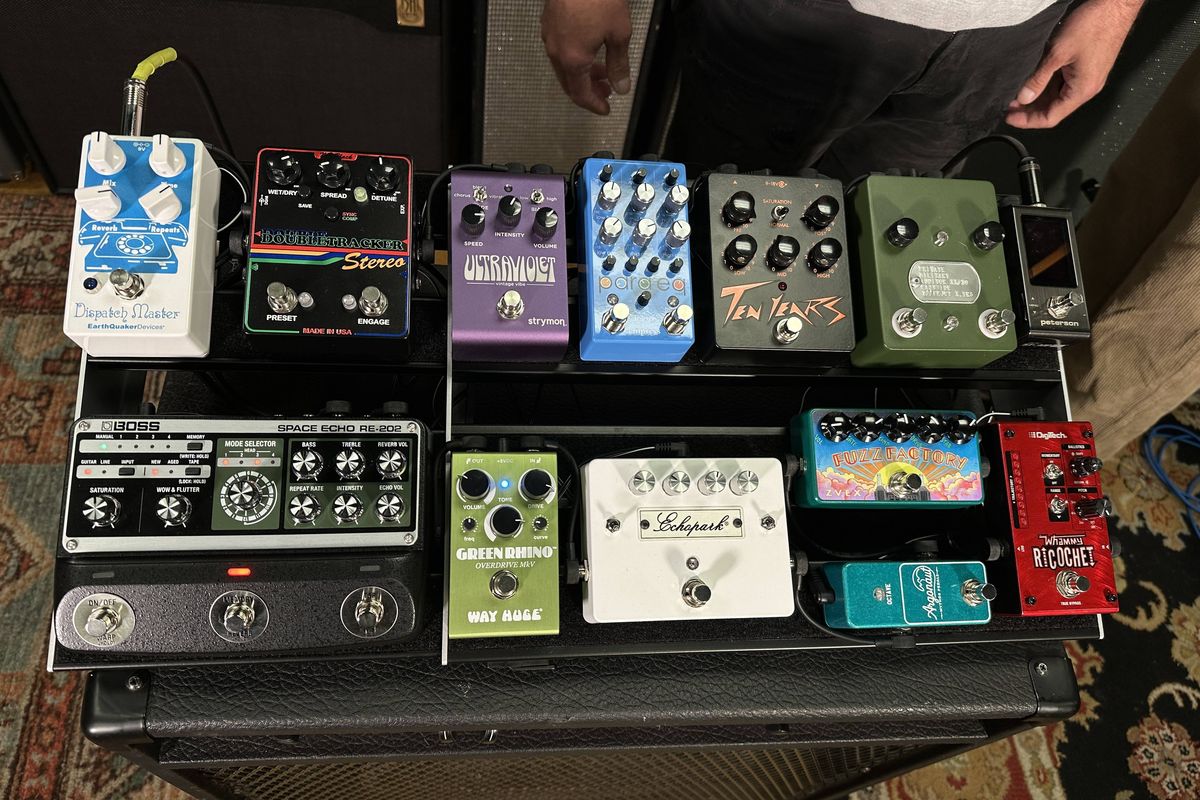
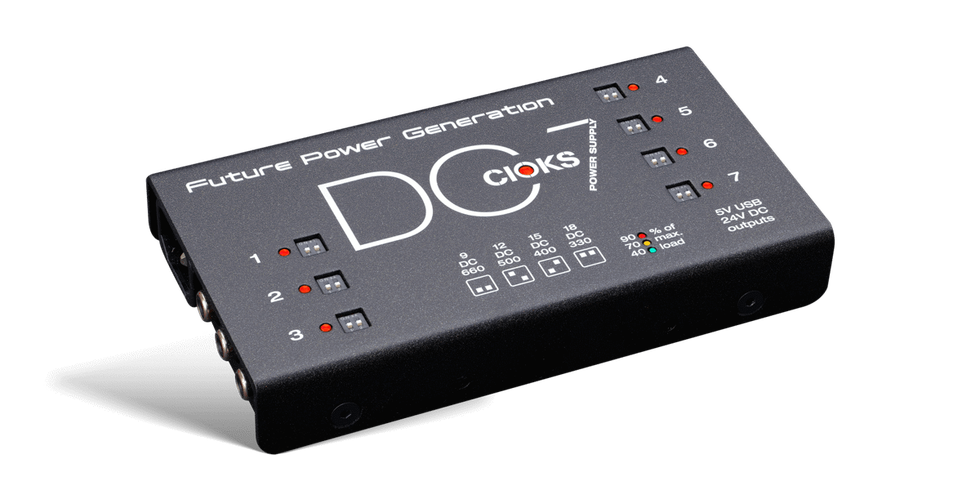
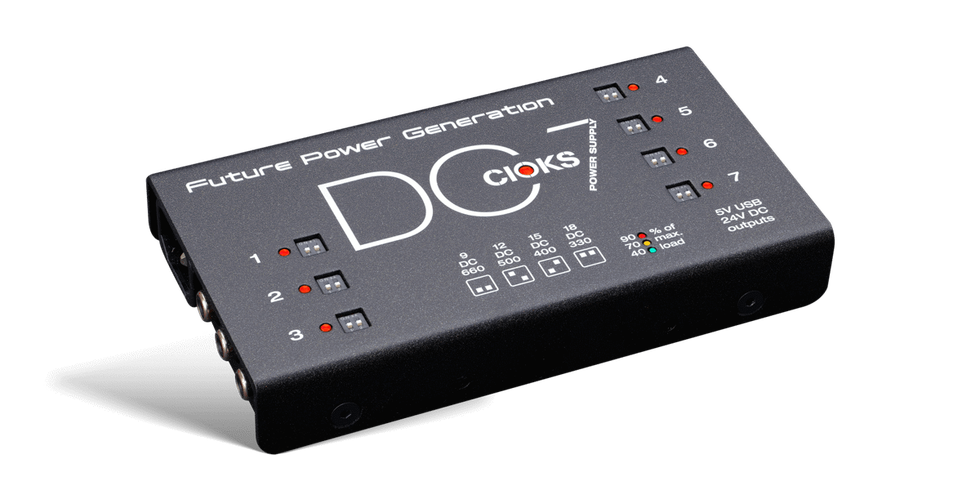
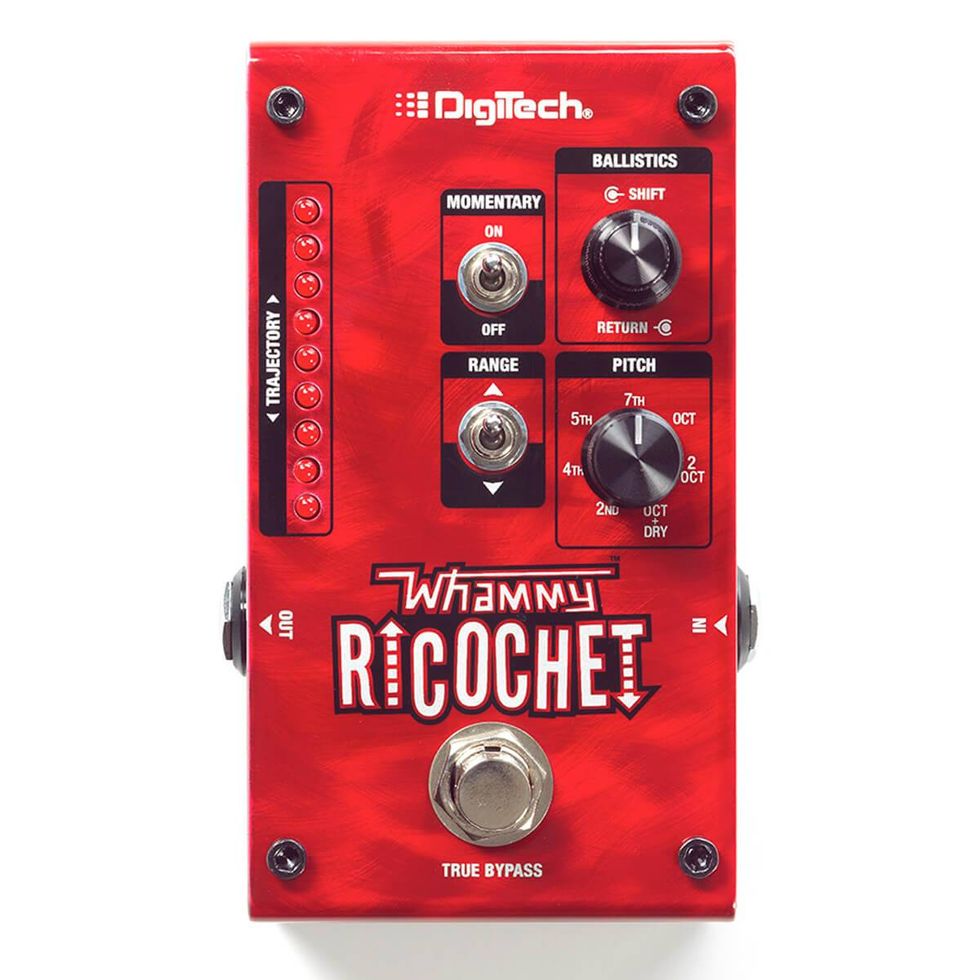
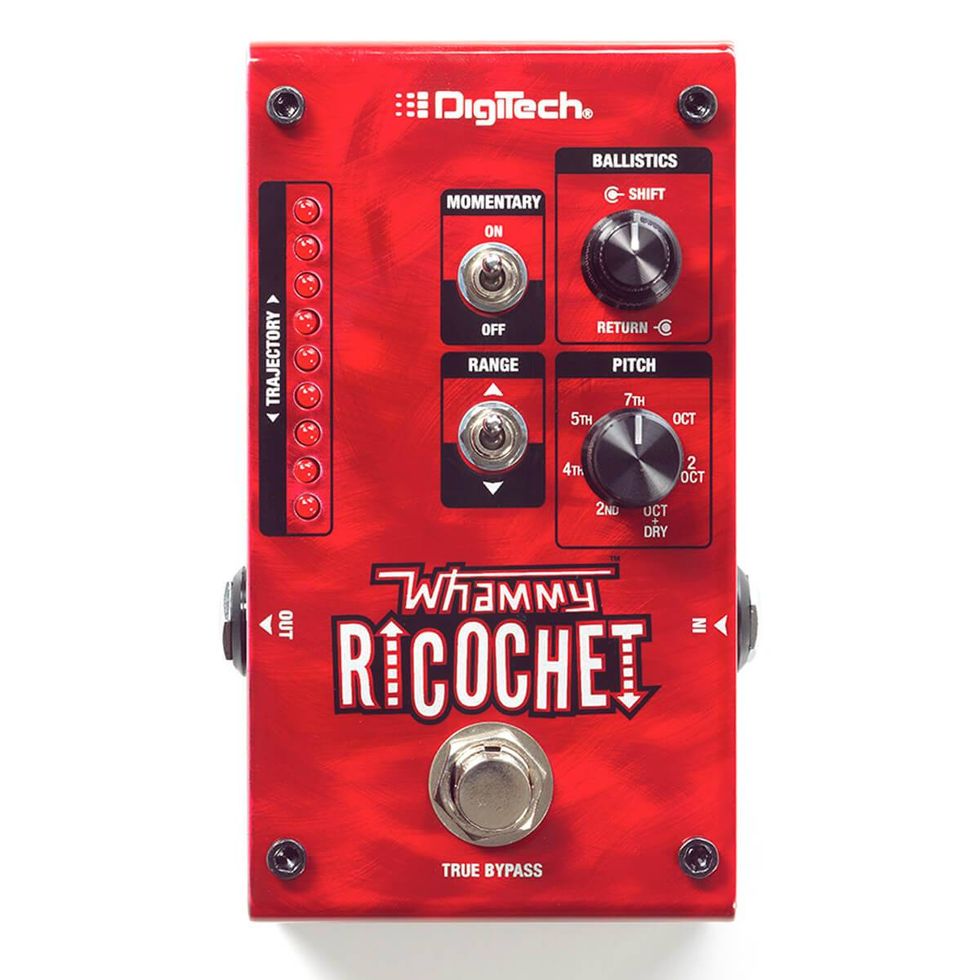
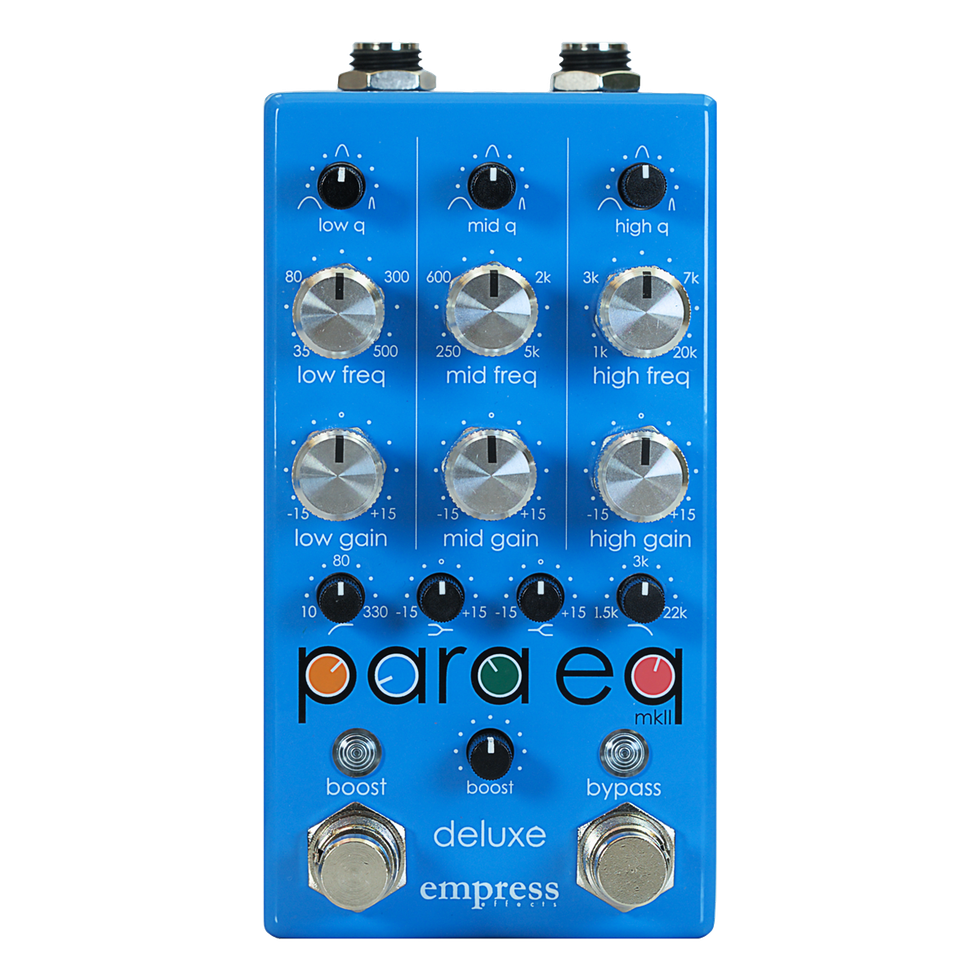
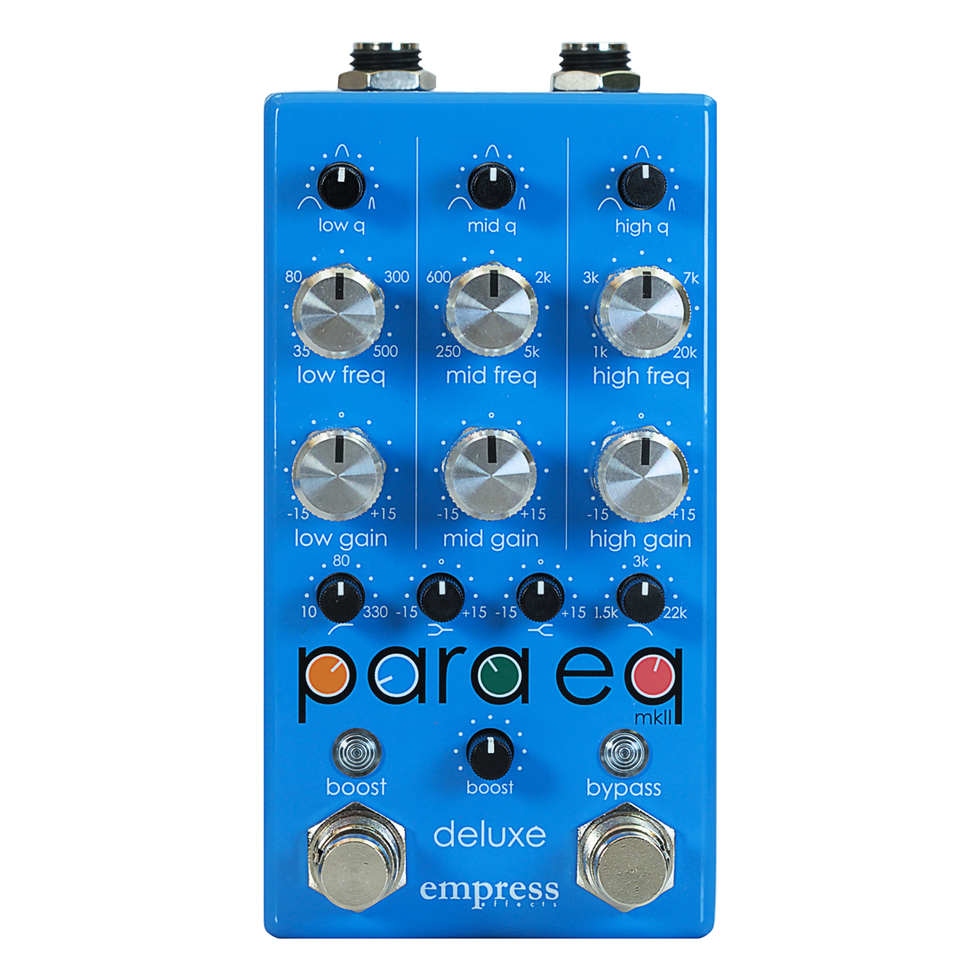
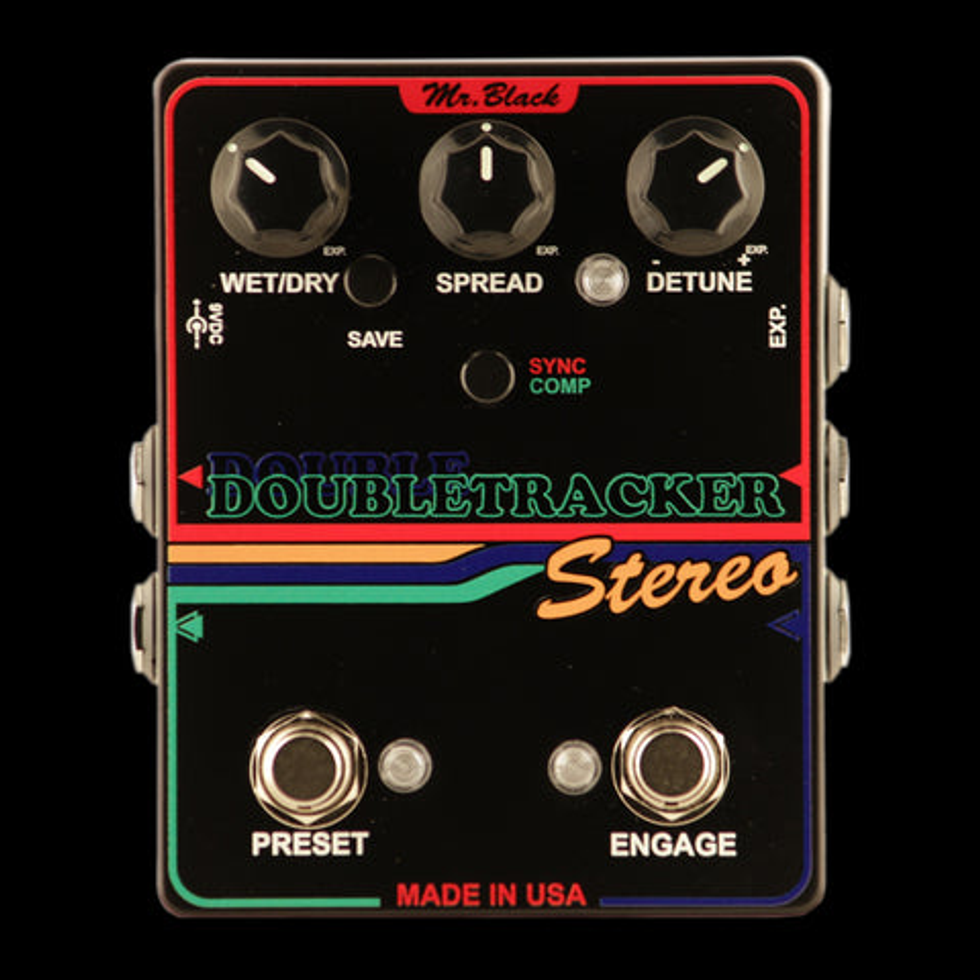
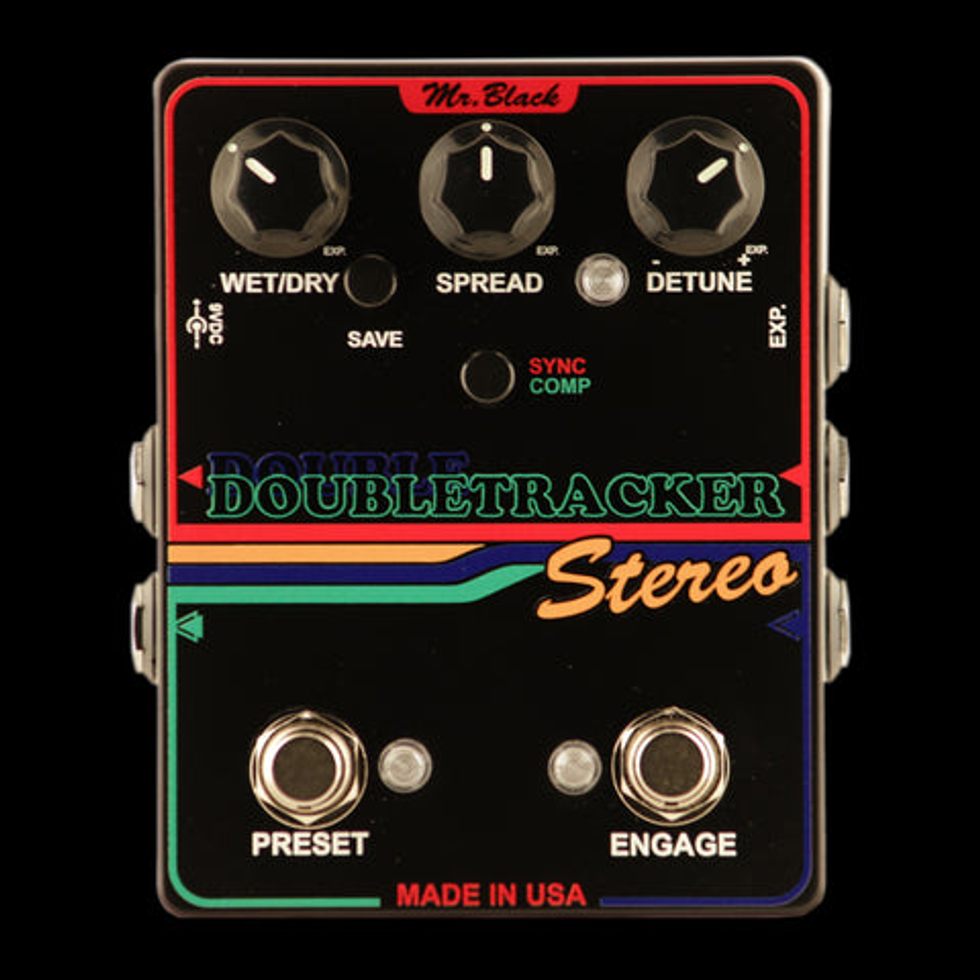
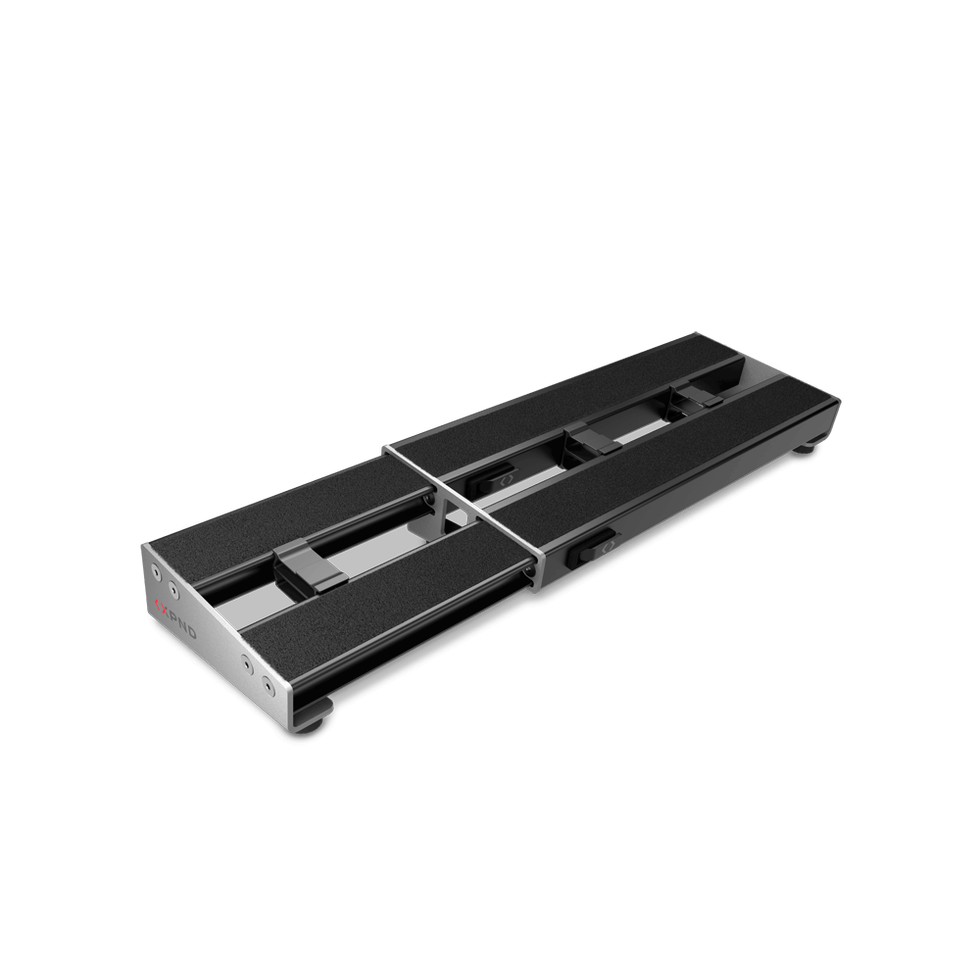
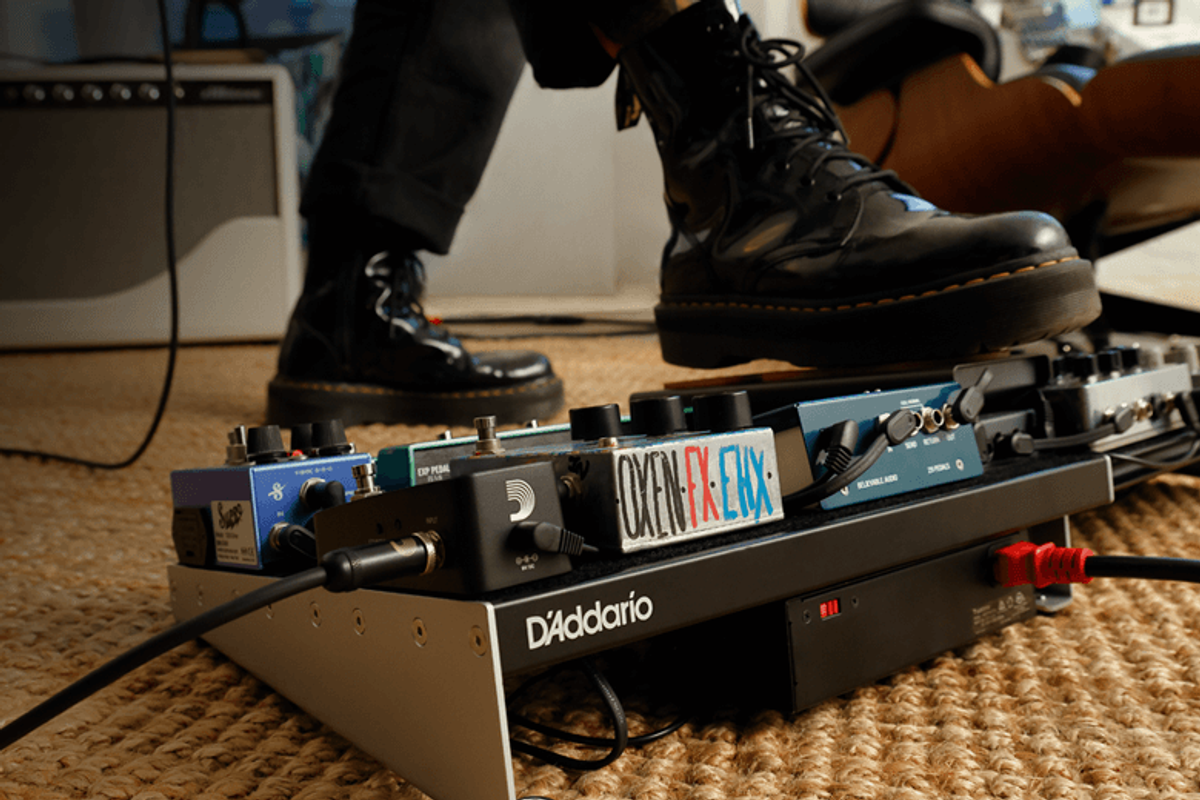
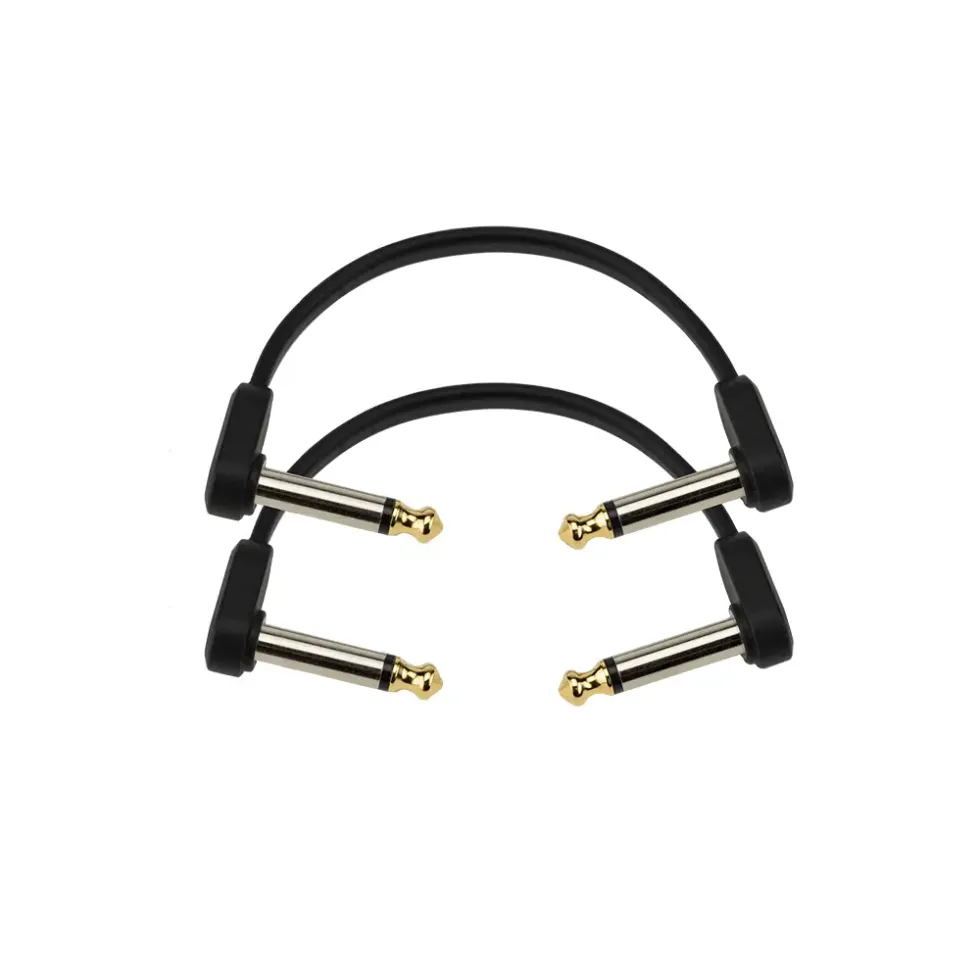
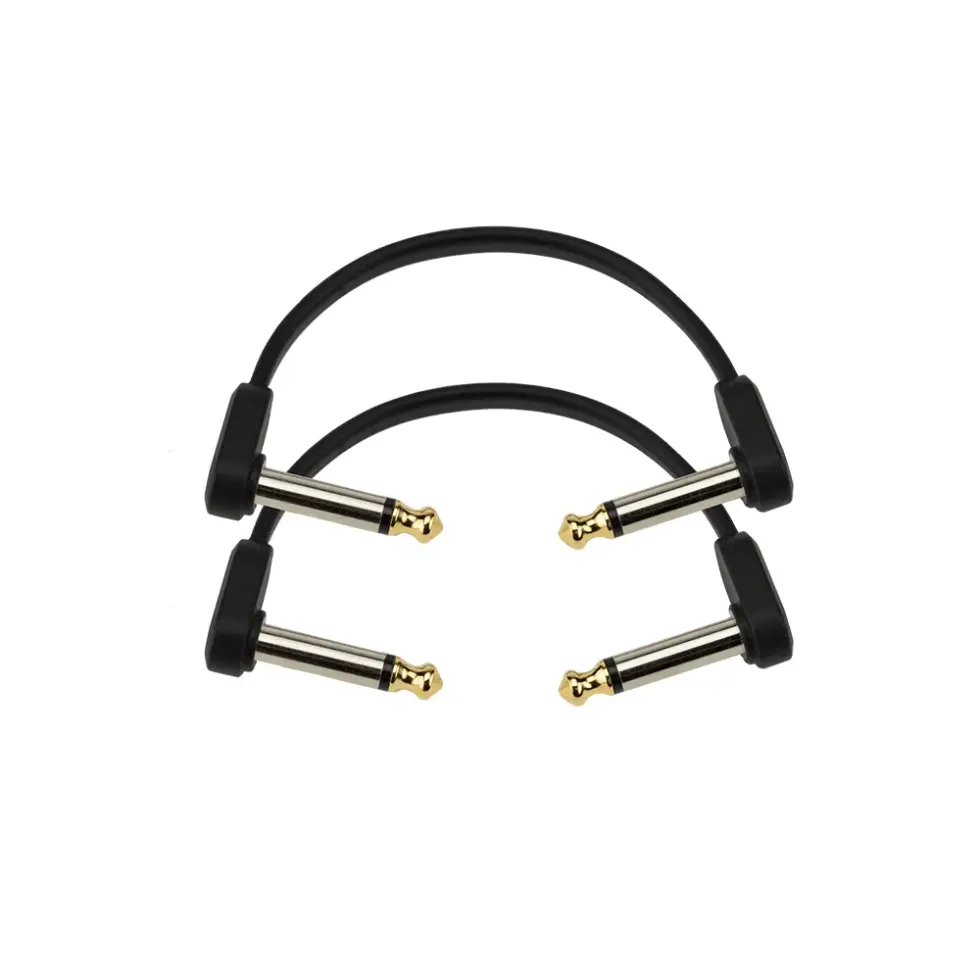
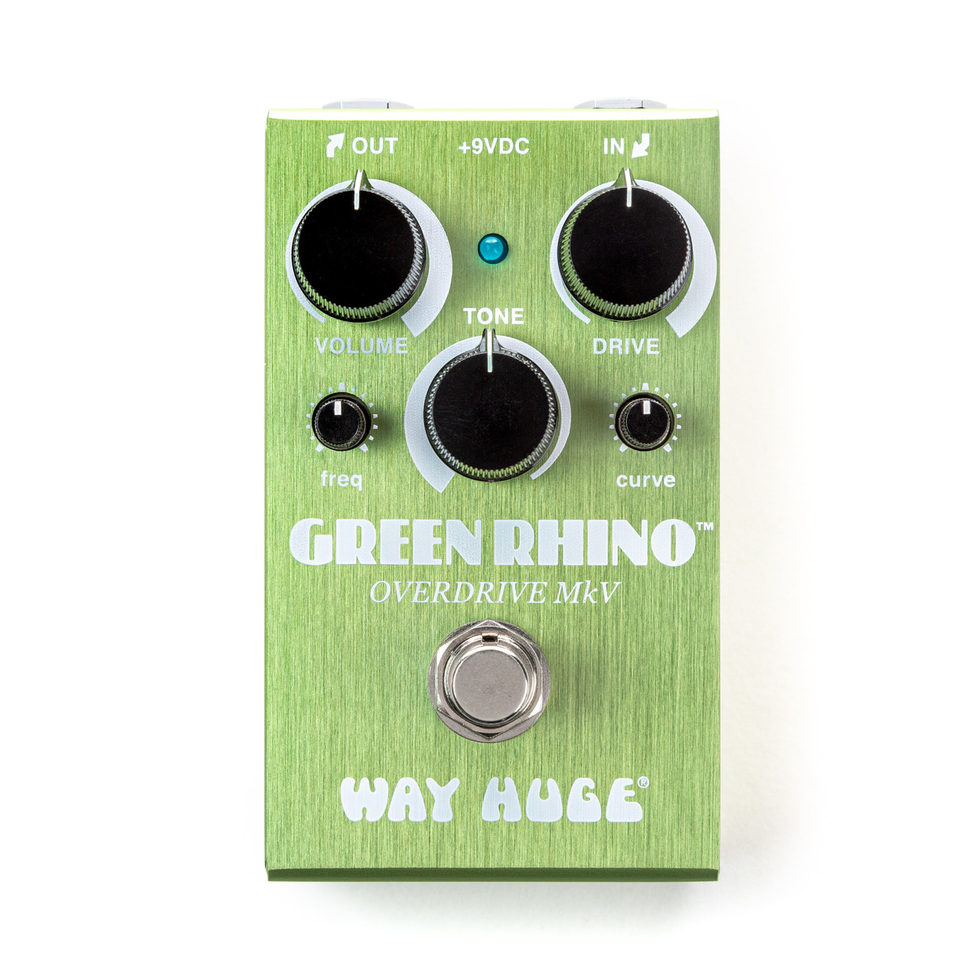
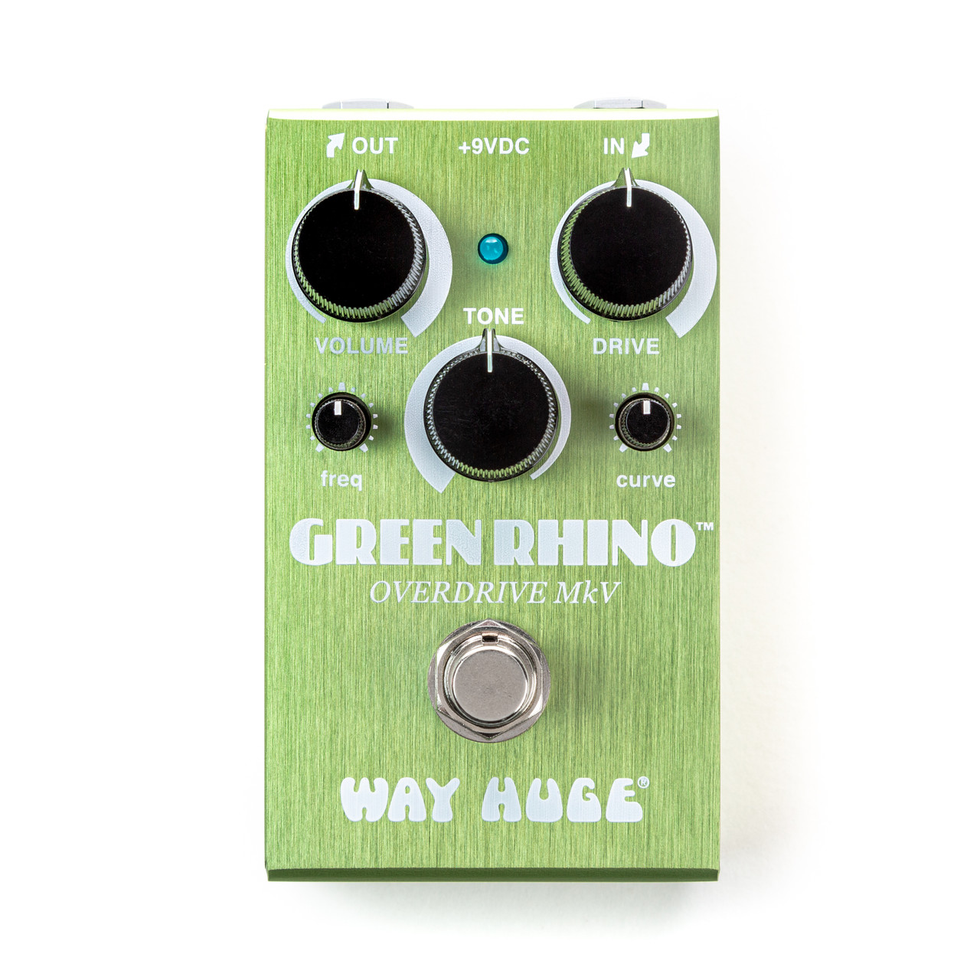
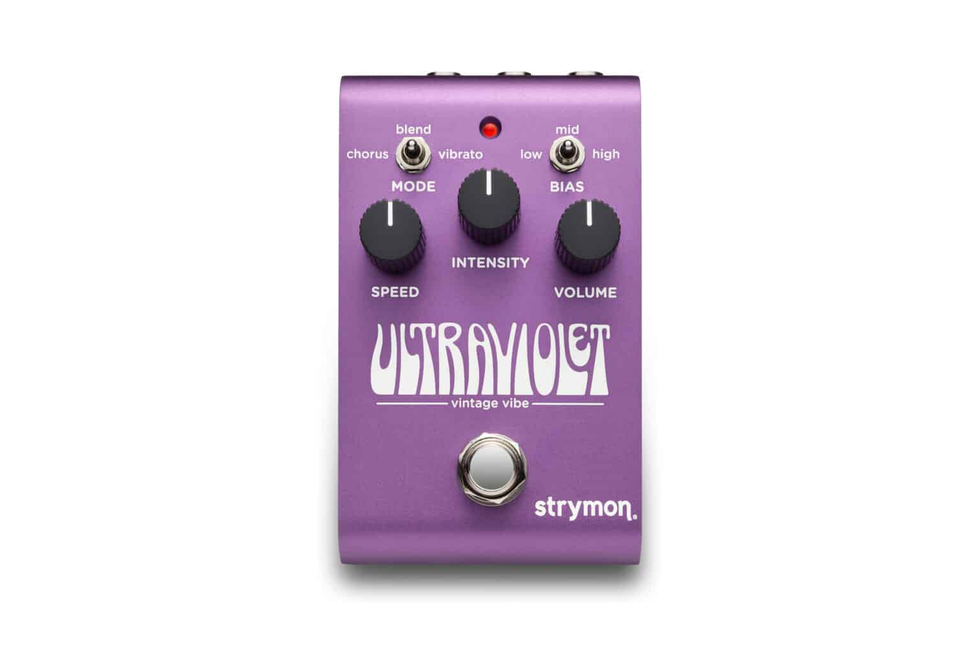
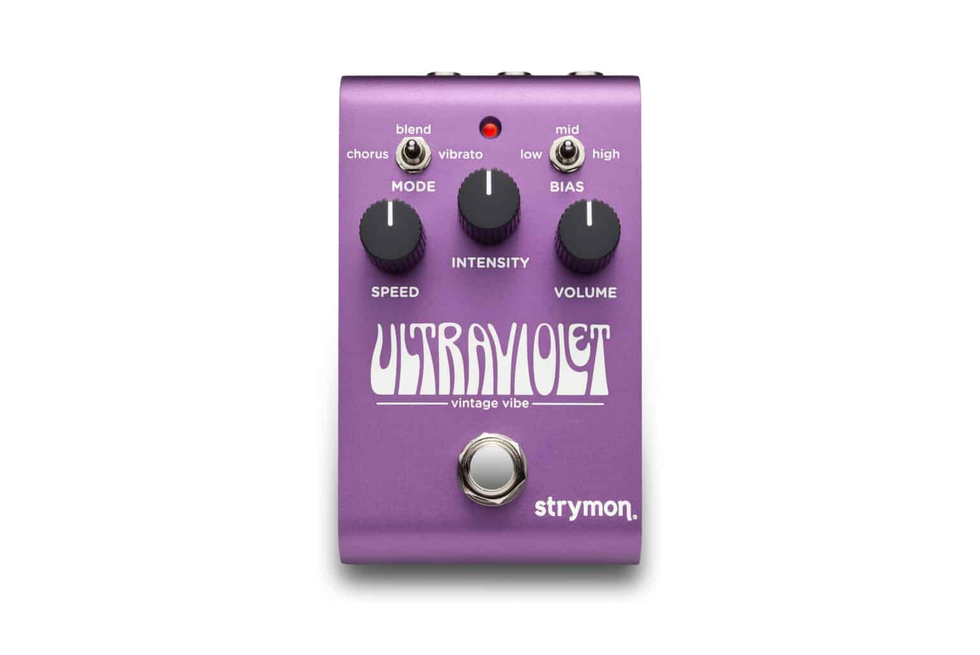
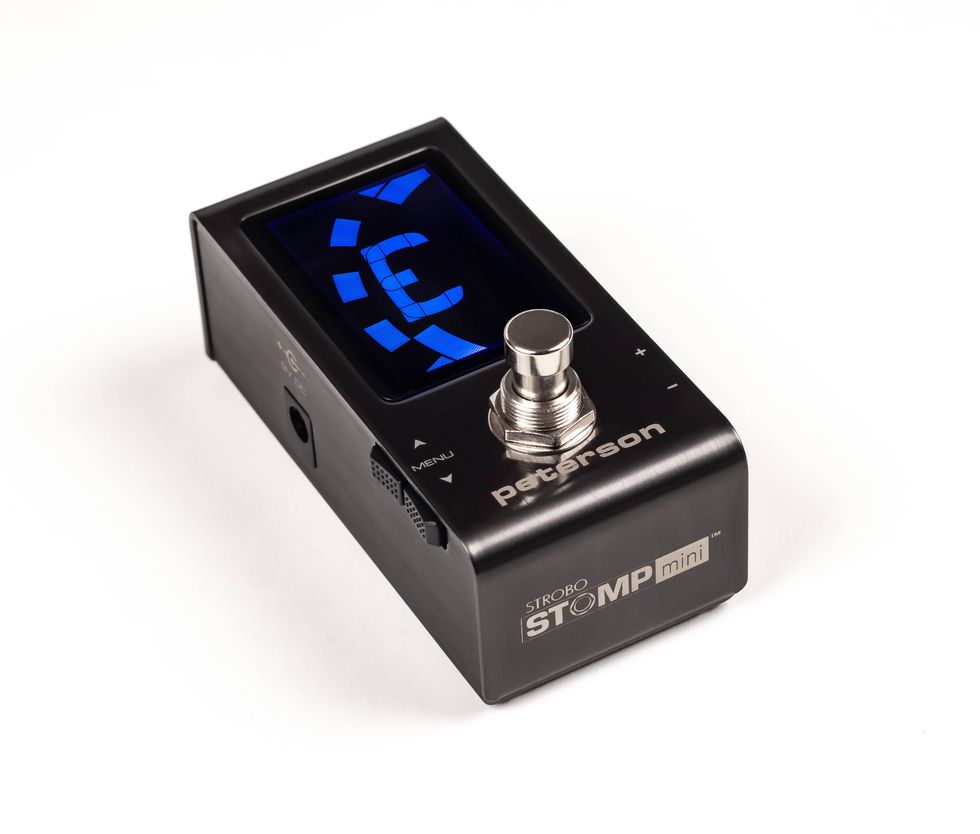
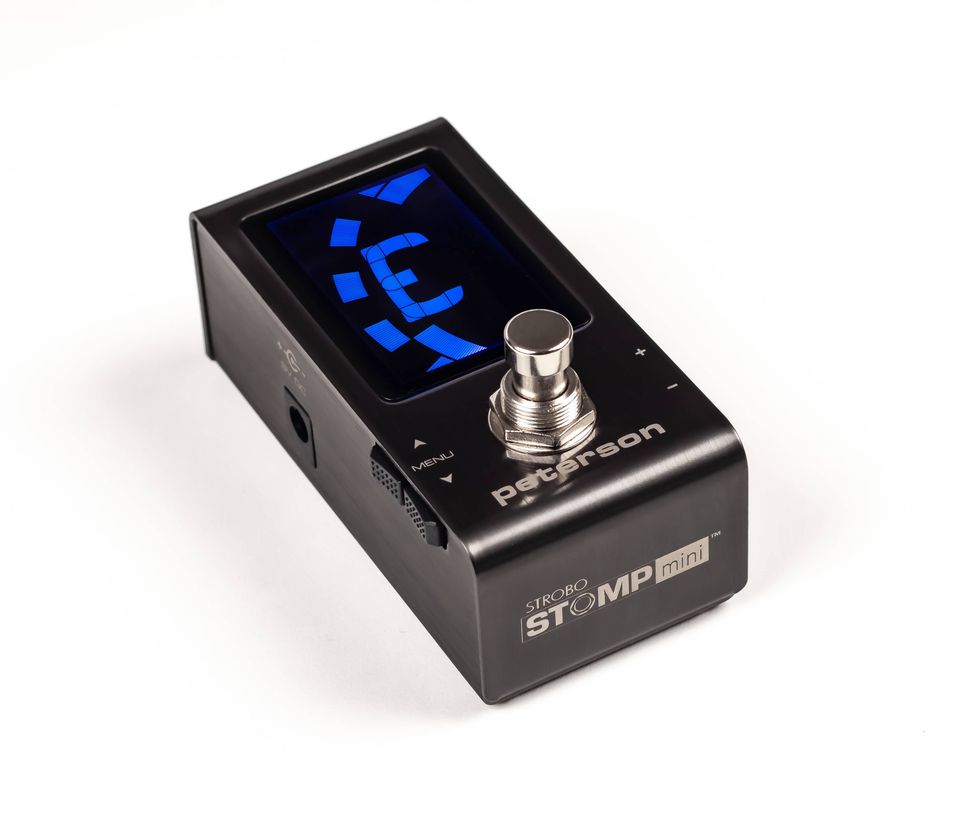
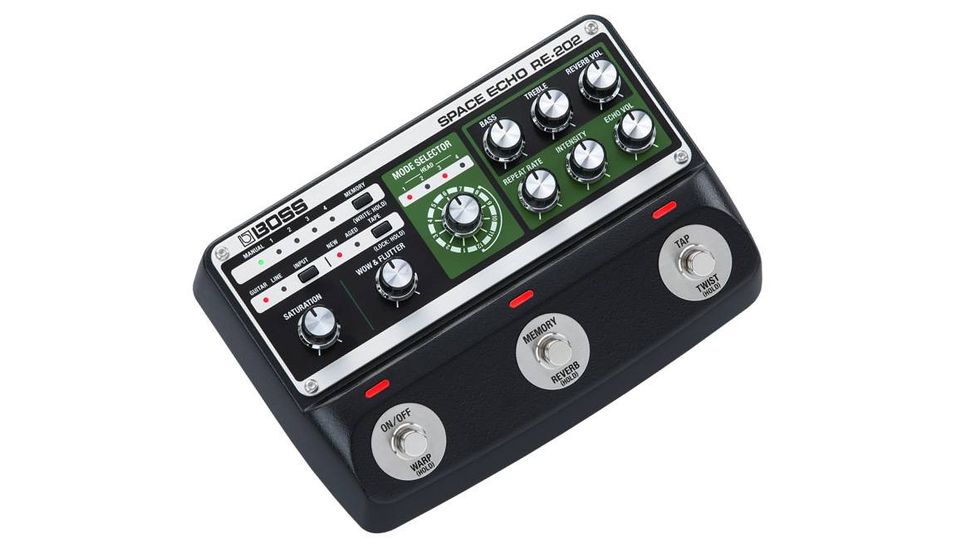
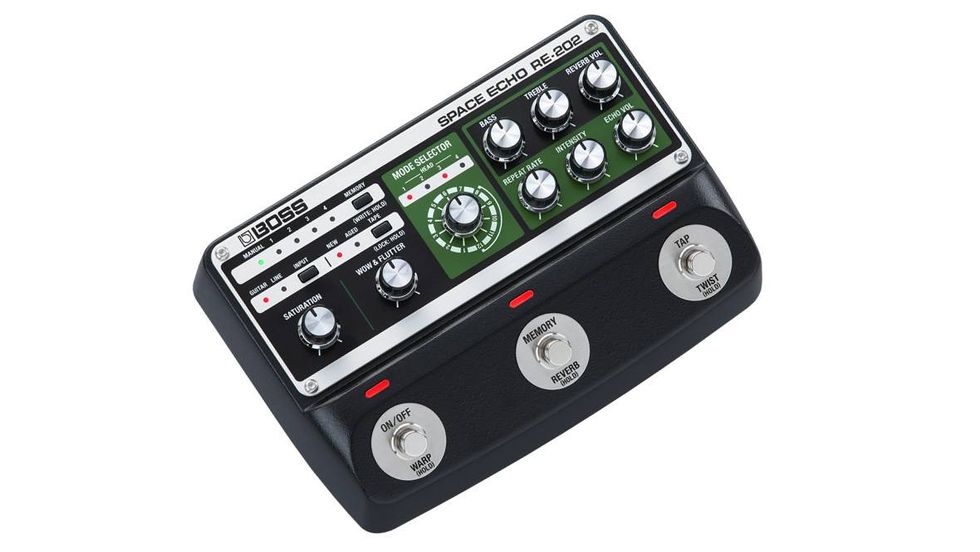
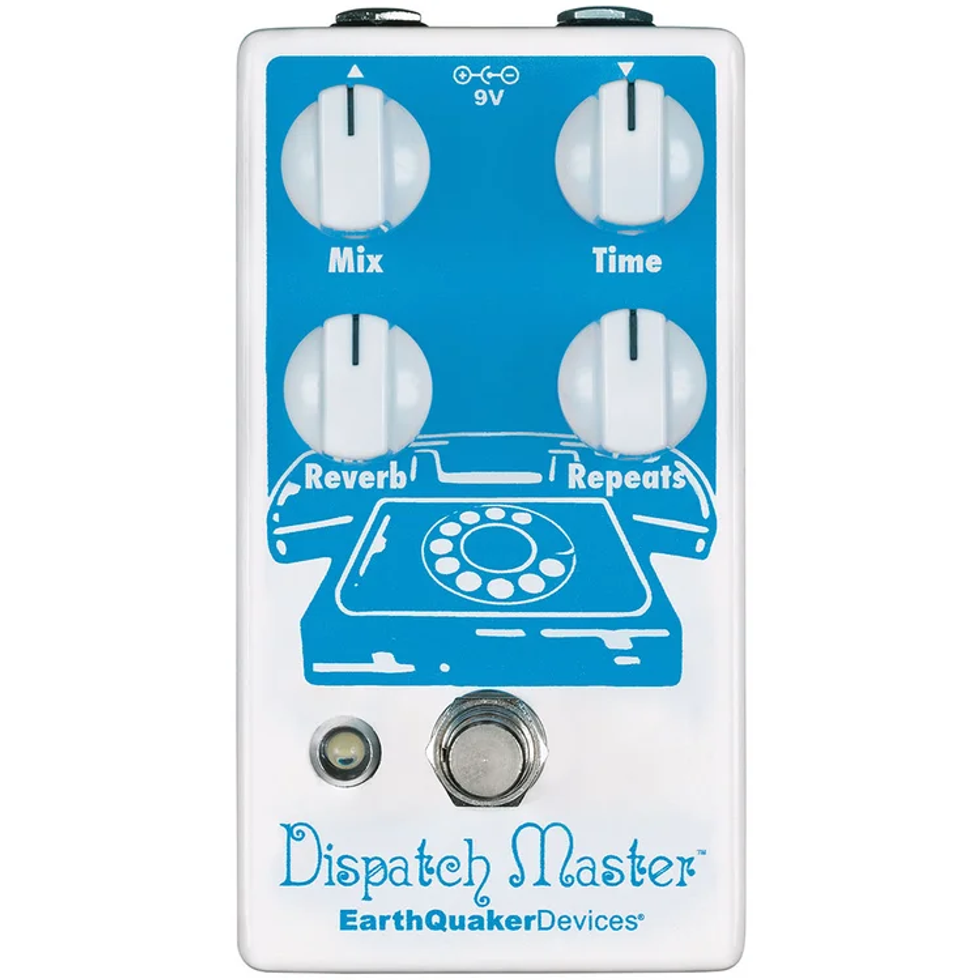
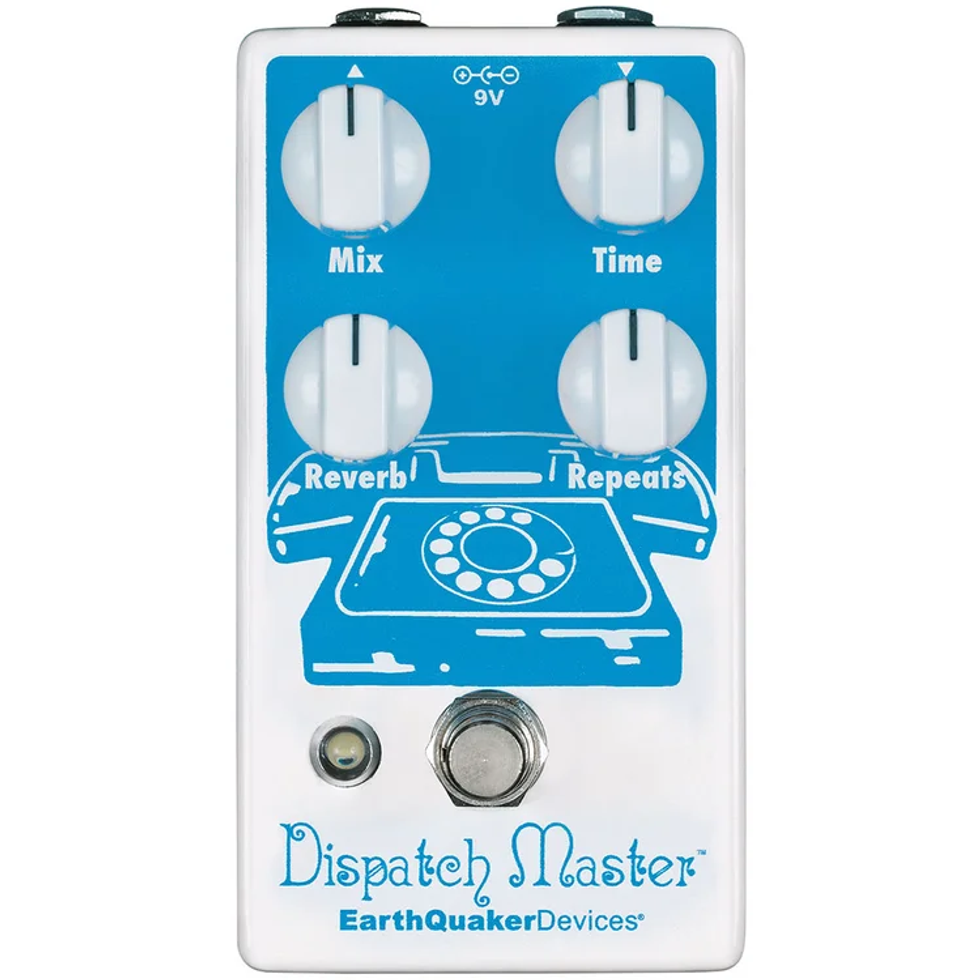
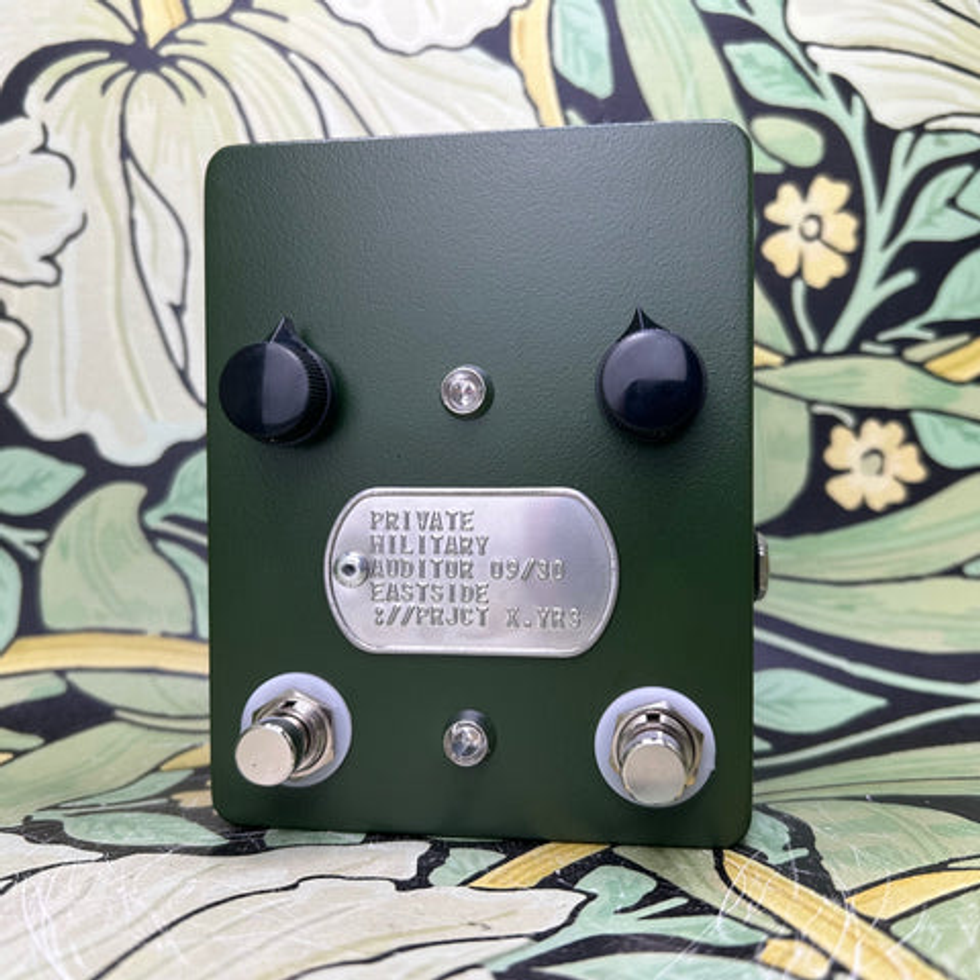
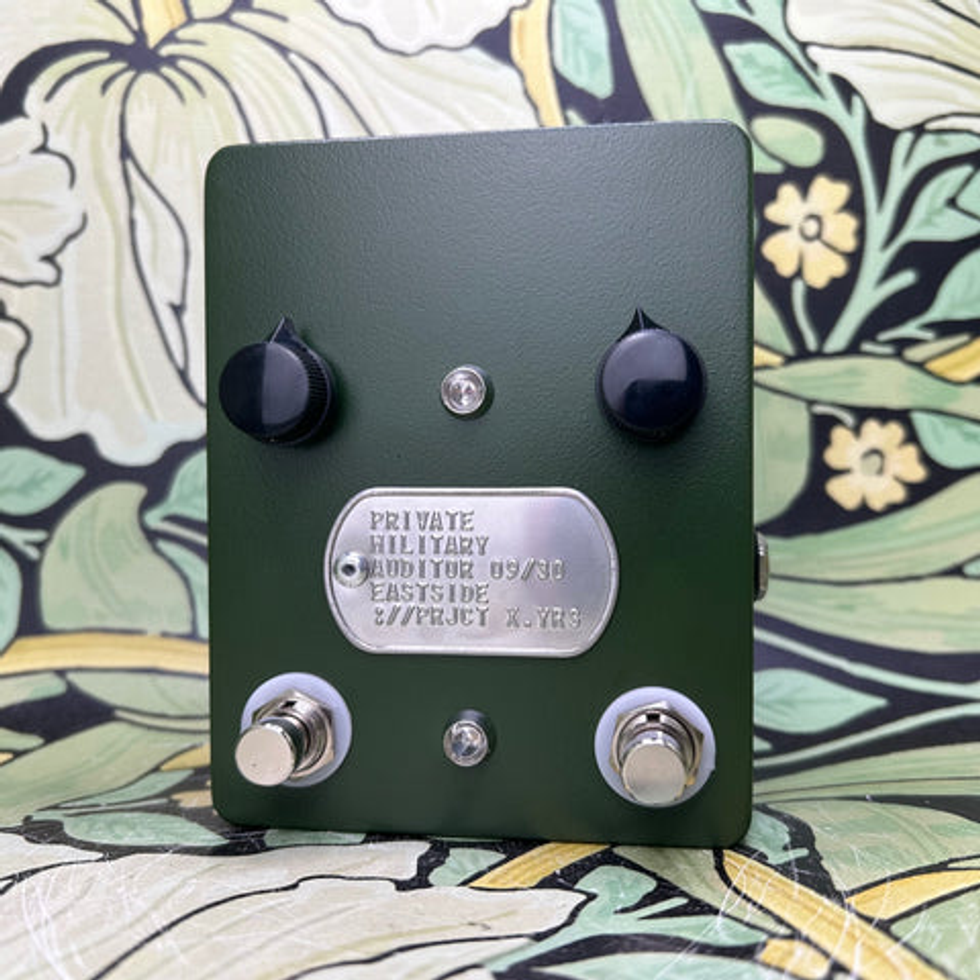
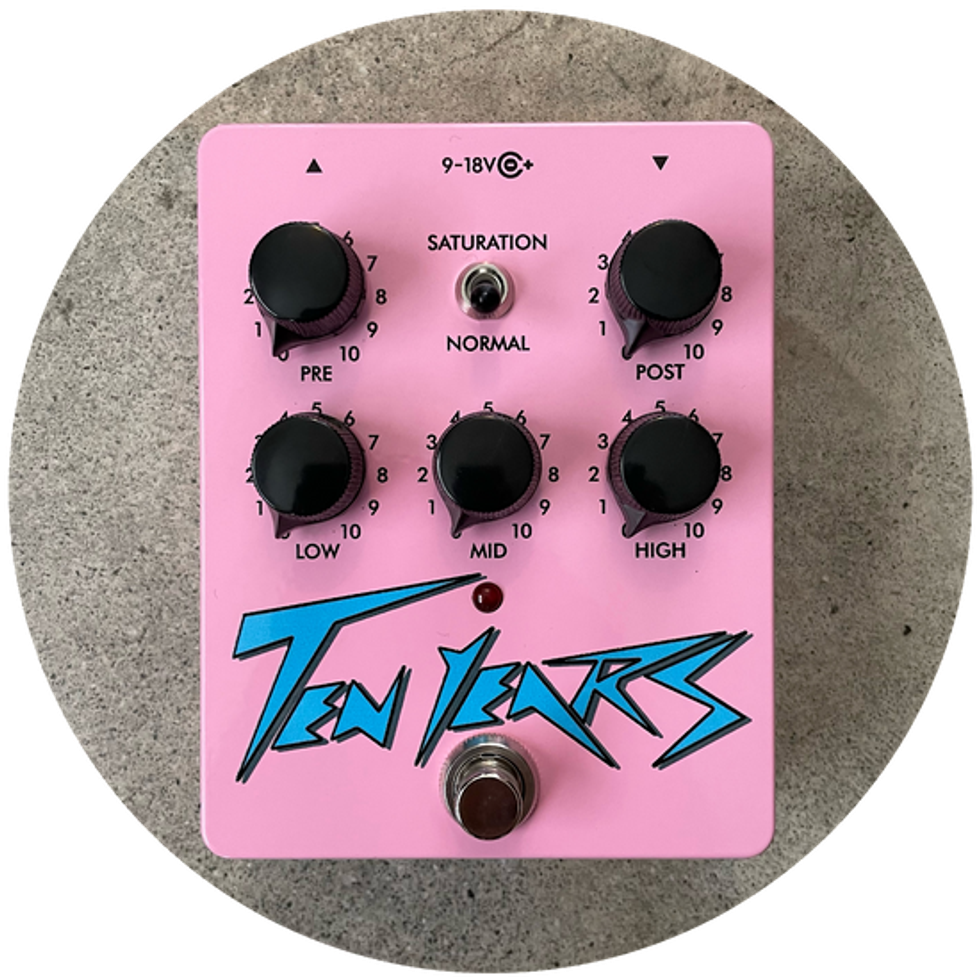
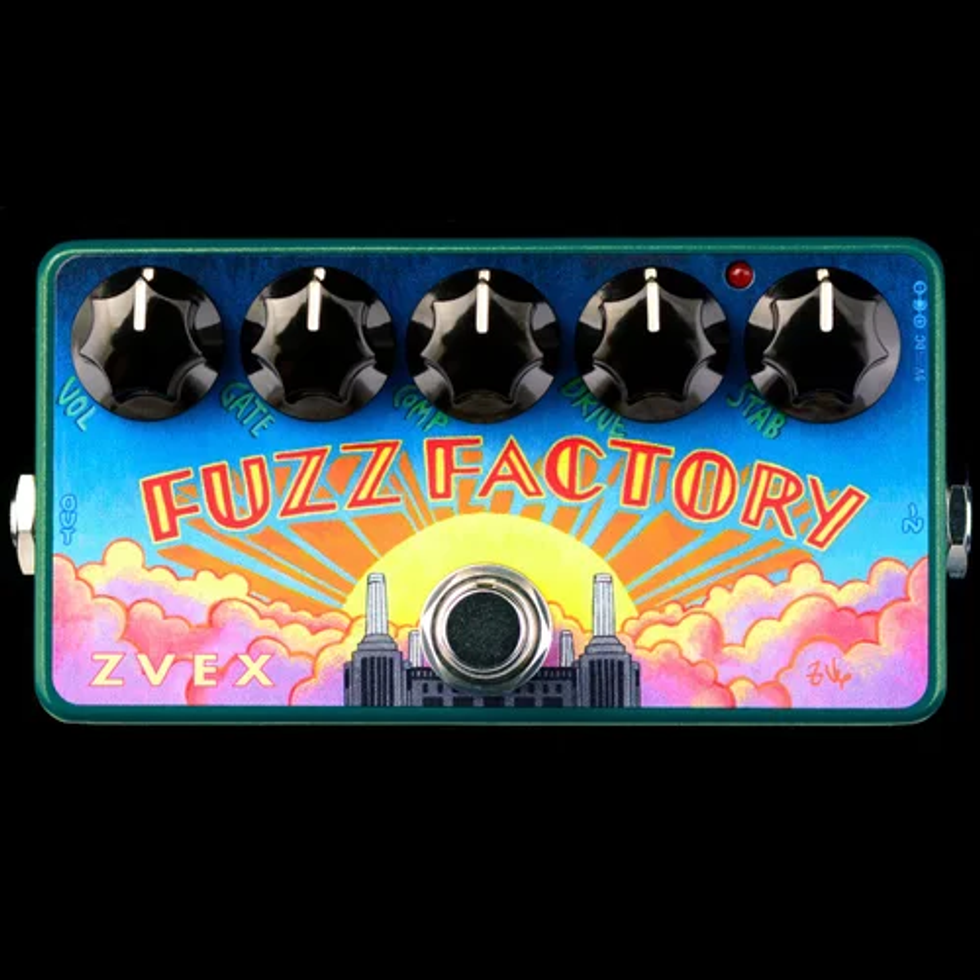
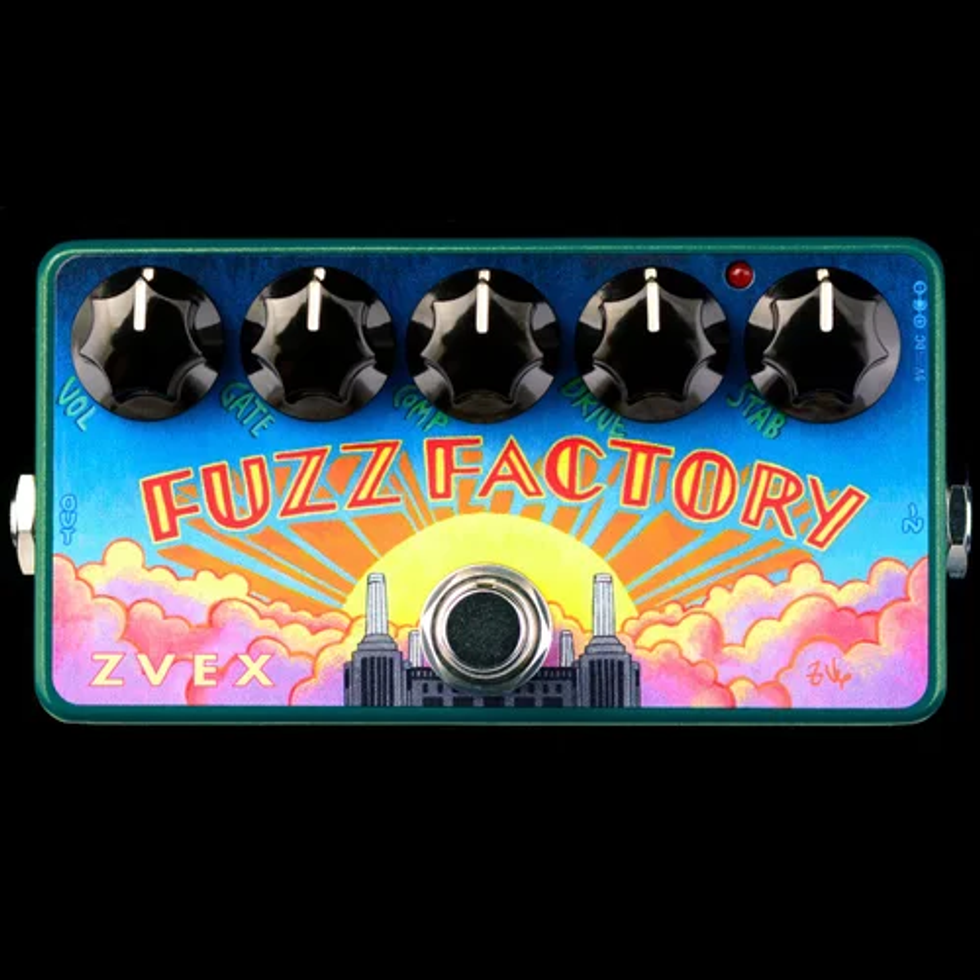
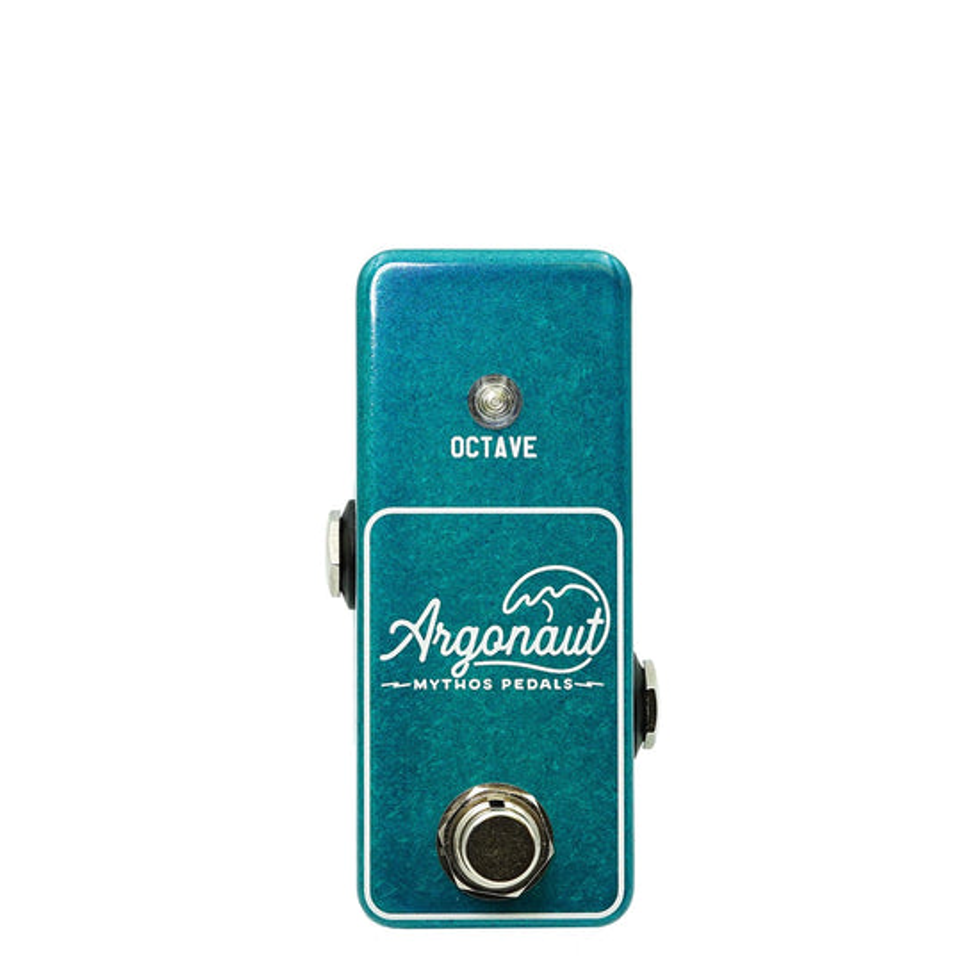
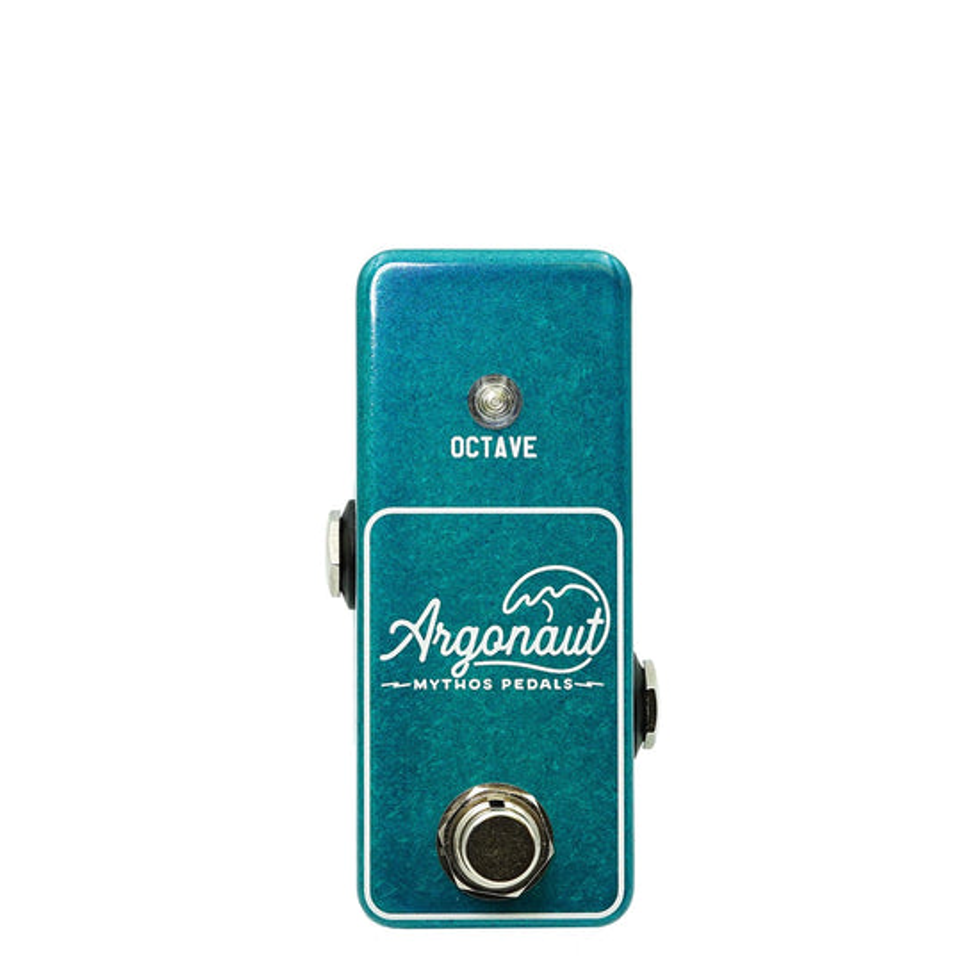
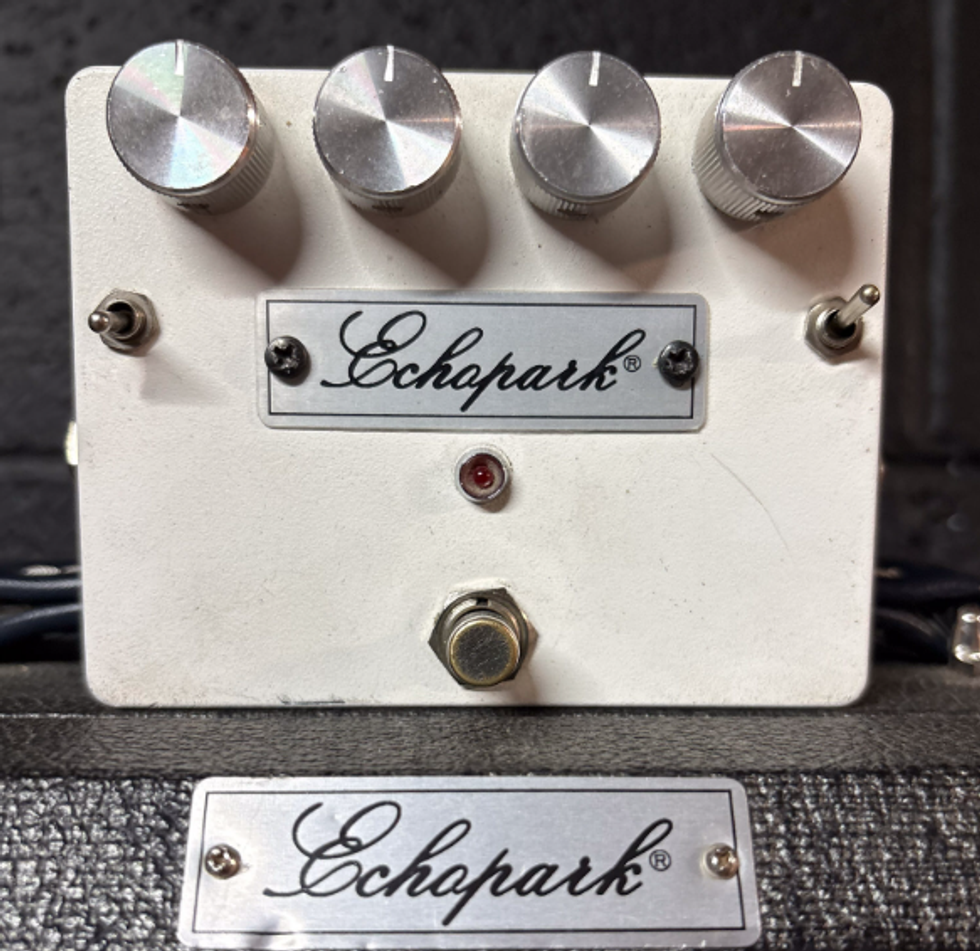
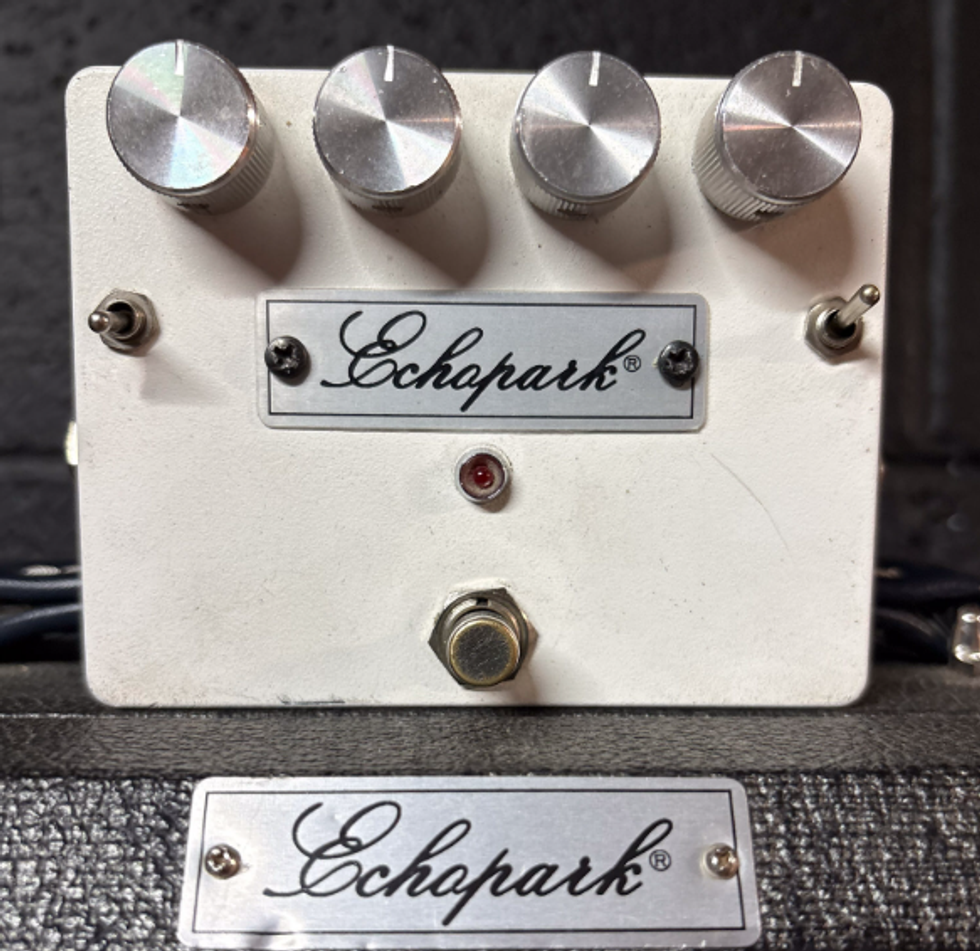


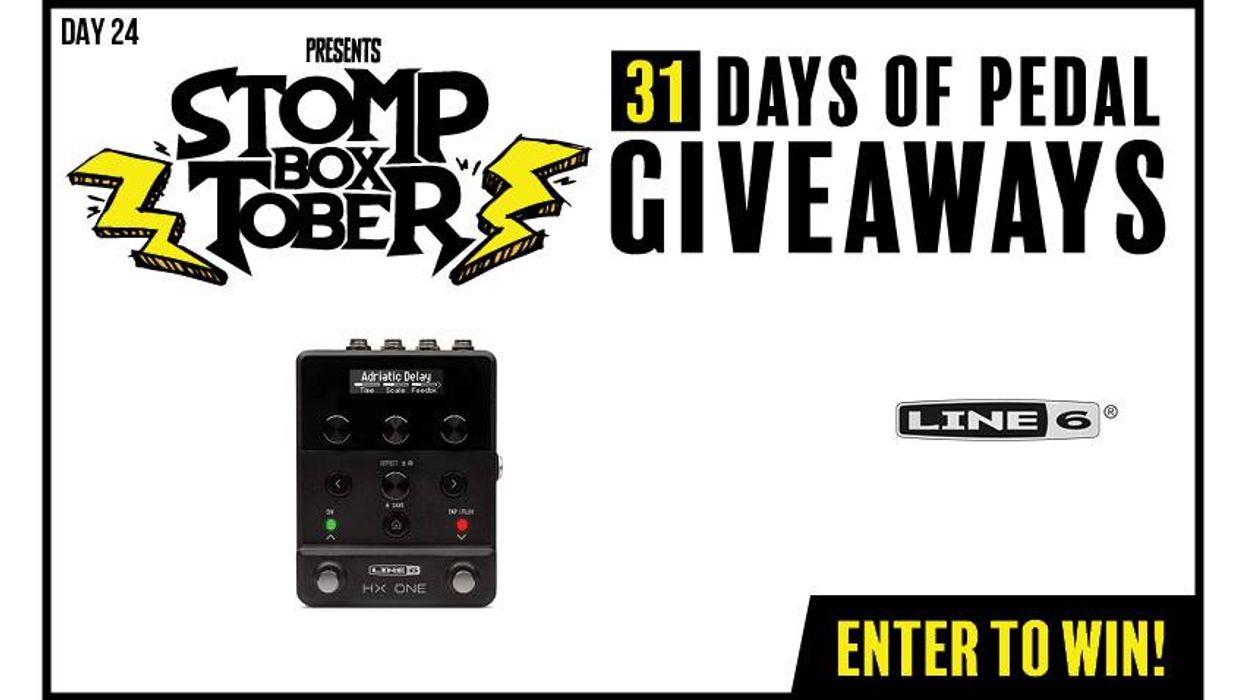
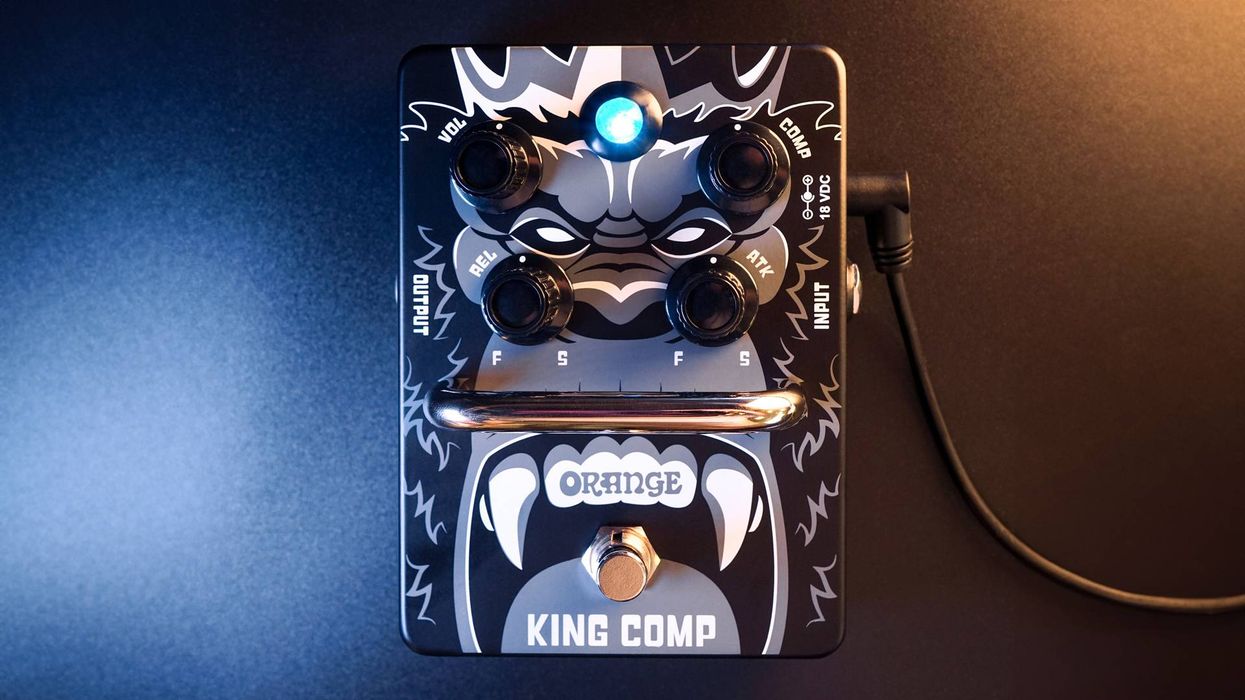
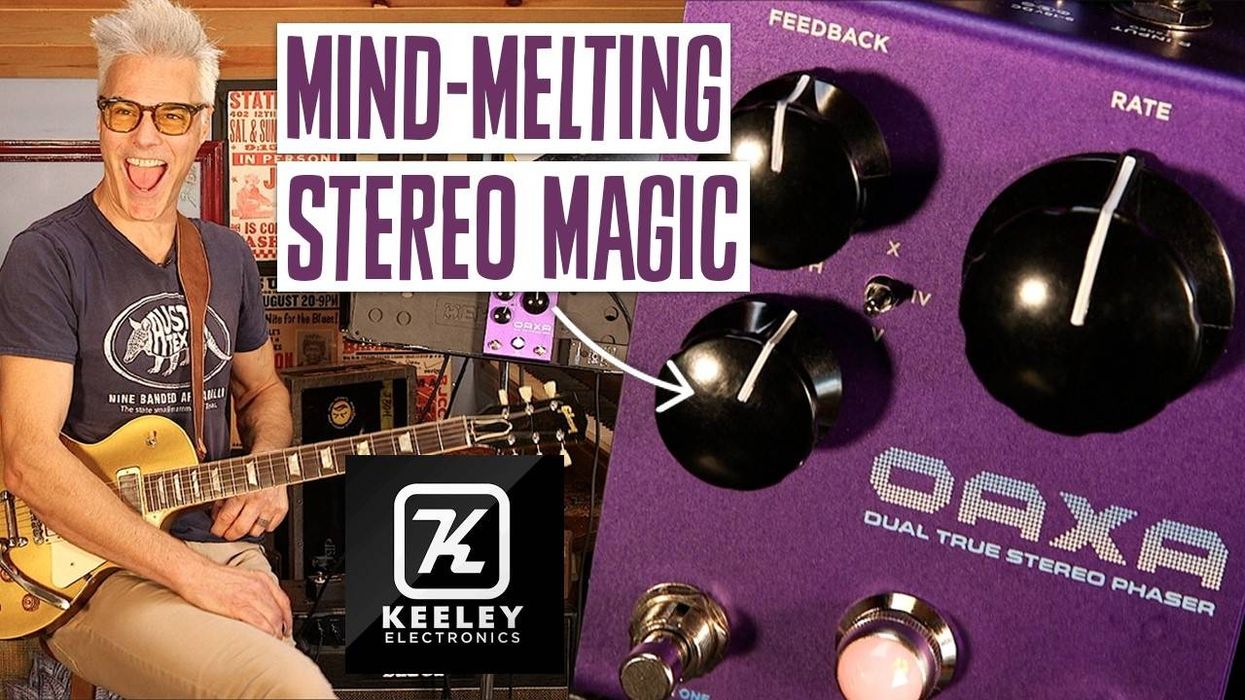
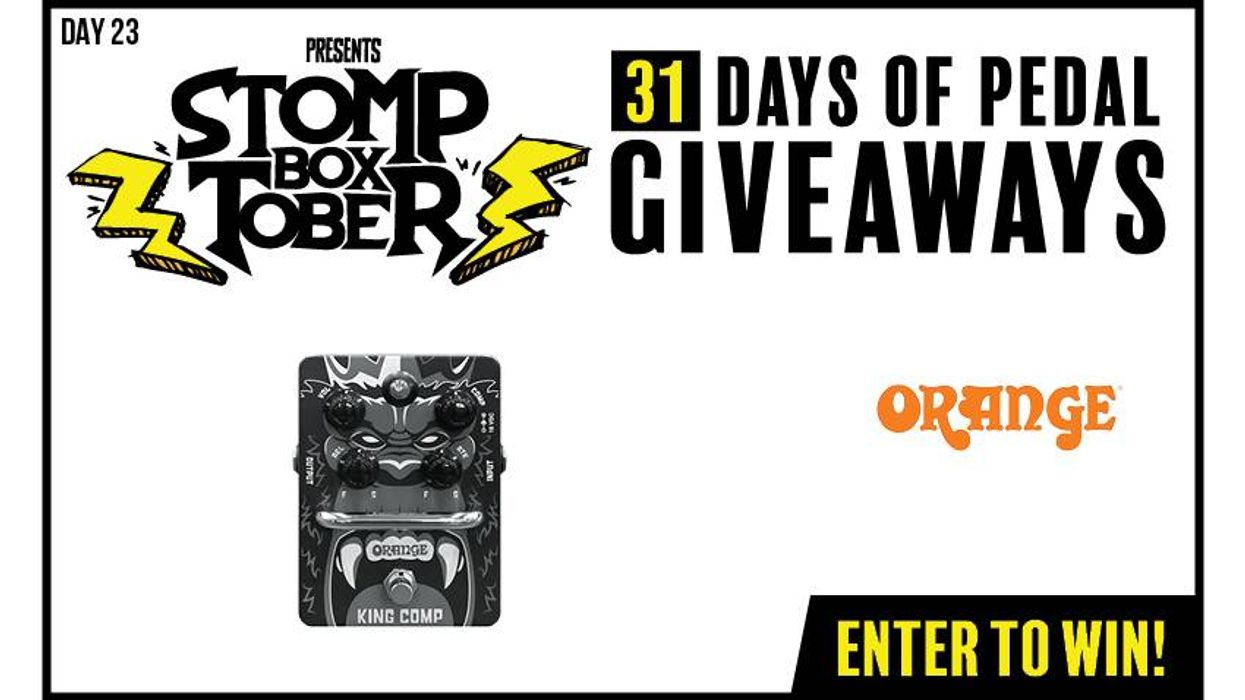








 Zach loves his Sovtek Mig 60 head, which he plays through a cab he built himself at a pipe-organ shop in Denver. Every glue joint is lined with thin leather for maximum air tightness, and it’s stocked with Celestion G12M Greenback speakers.
Zach loves his Sovtek Mig 60 head, which he plays through a cab he built himself at a pipe-organ shop in Denver. Every glue joint is lined with thin leather for maximum air tightness, and it’s stocked with Celestion G12M Greenback speakers.







![Devon Eisenbarger [Katy Perry] Rig Rundown](https://www.premierguitar.com/media-library/youtube.jpg?id=61774583&width=1245&height=700&quality=70&coordinates=0%2C0%2C0%2C0)














